Works in Woodmere's Collection
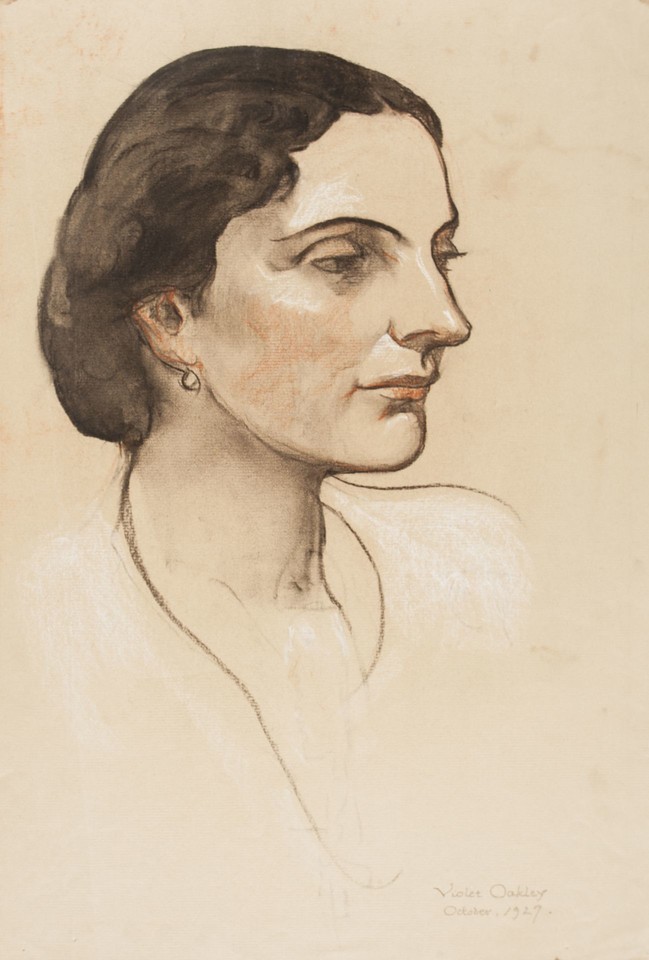
Princess Radziwill, member of the Information Section, later member of Section of Social Questions, of League of Nations
Drawings and Watercolors
View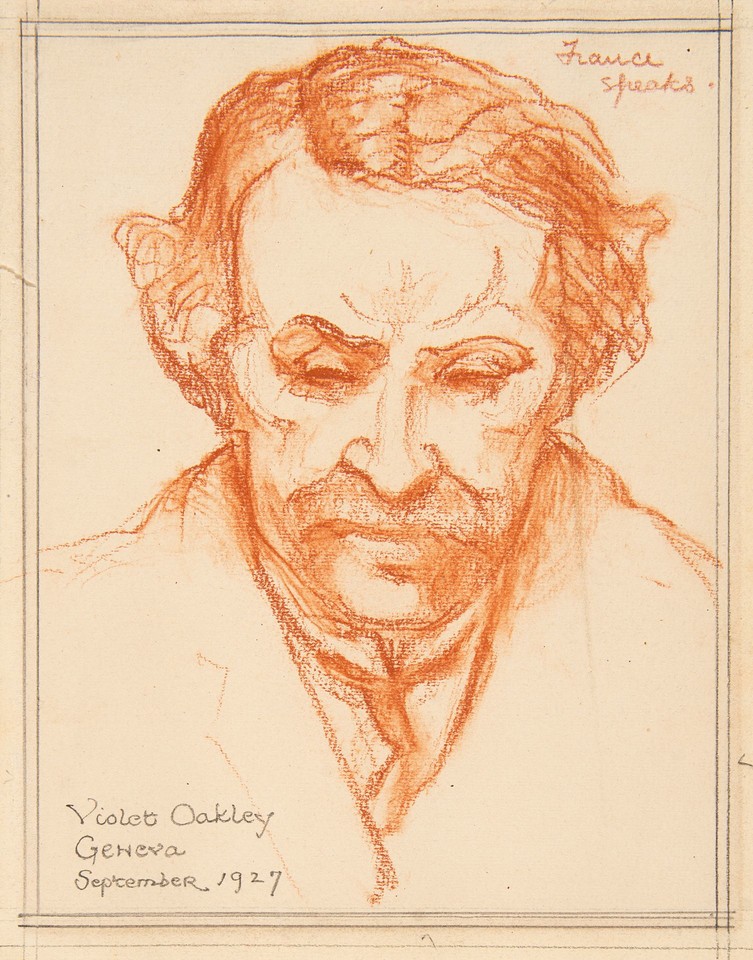
"France speaks." Portrait of Aristide Briand, delegate from France to the League of Nations and Minister for Foreign Affairs
Drawings and Watercolors
View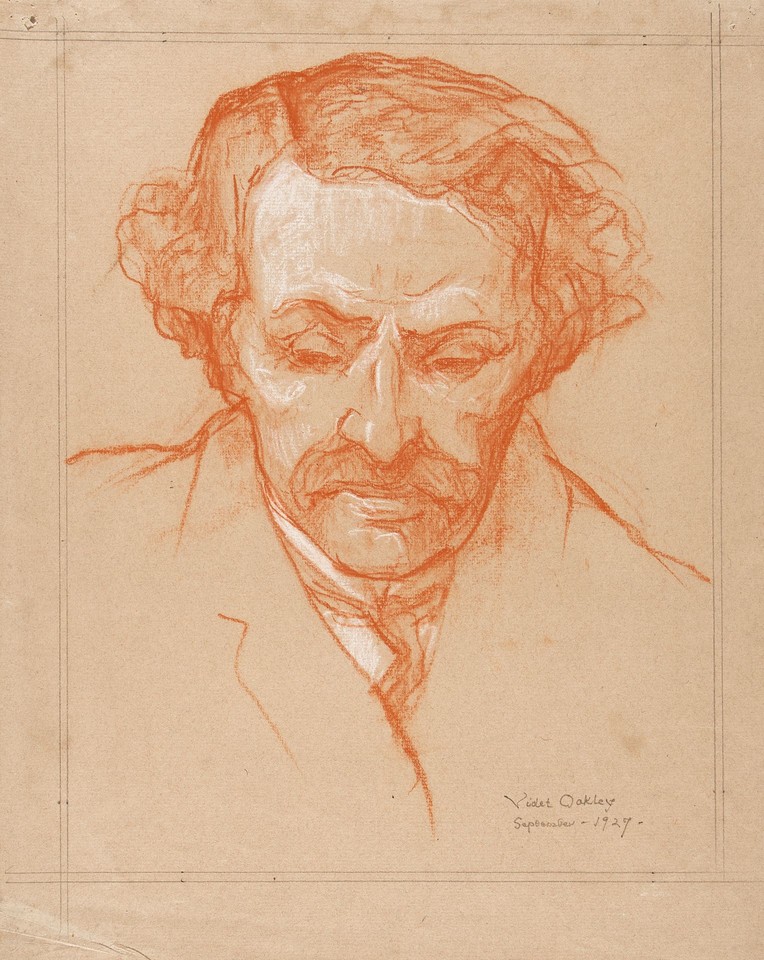
Aristide Briand, delegate from France to the League of Nations and Minister for Foreign Affairs
Drawings and Watercolors
View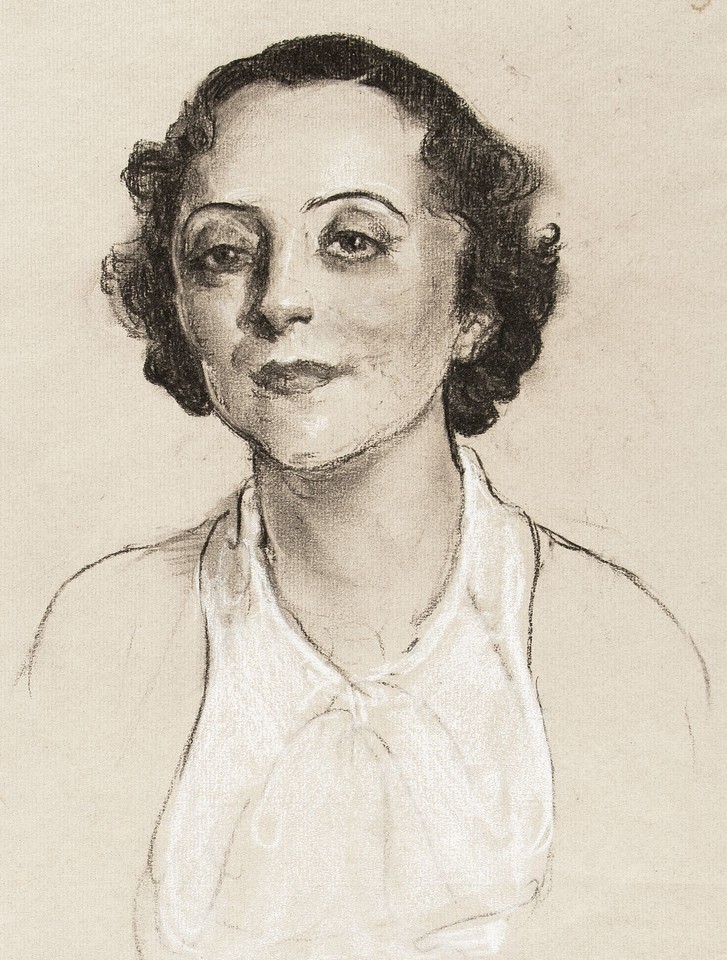
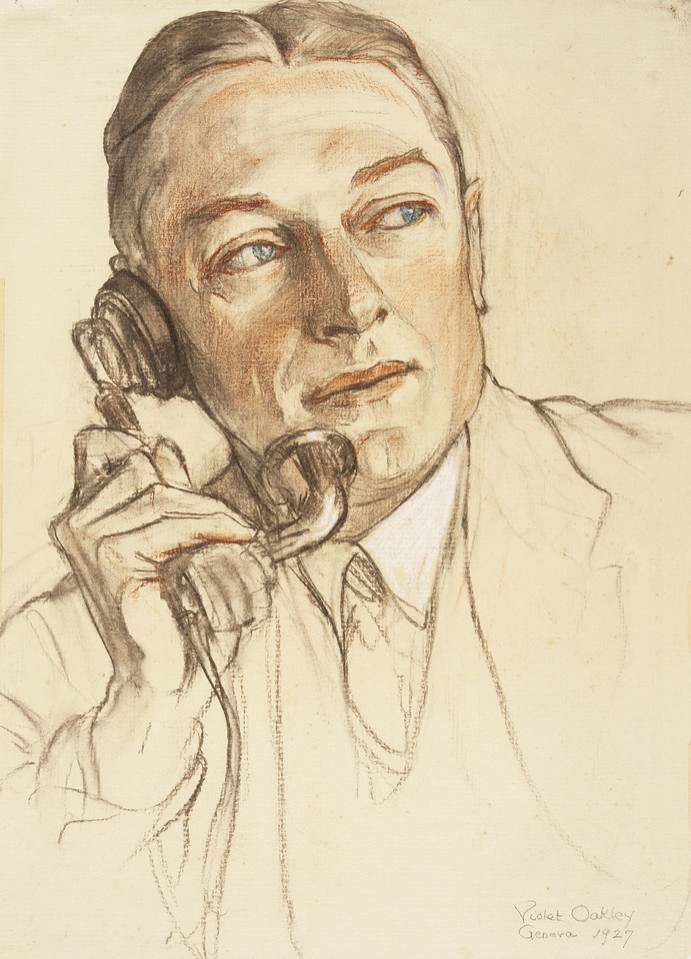
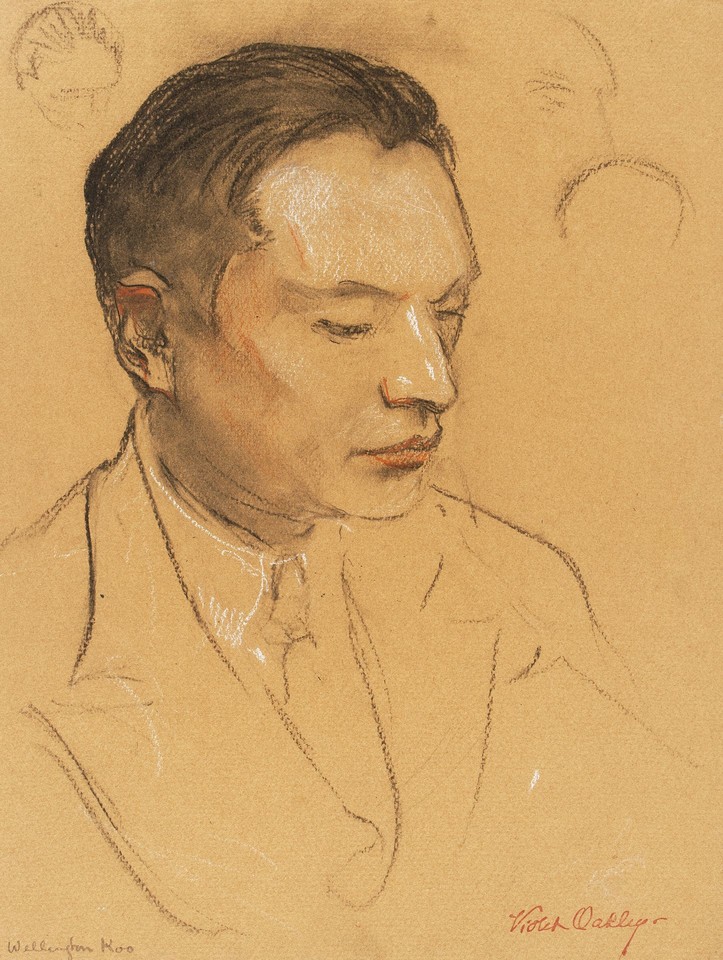
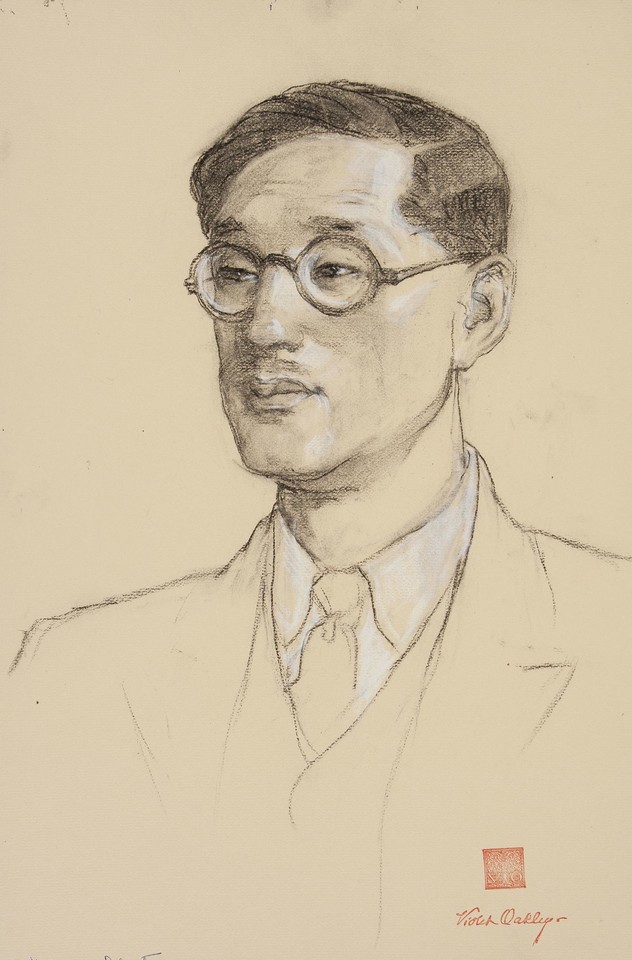
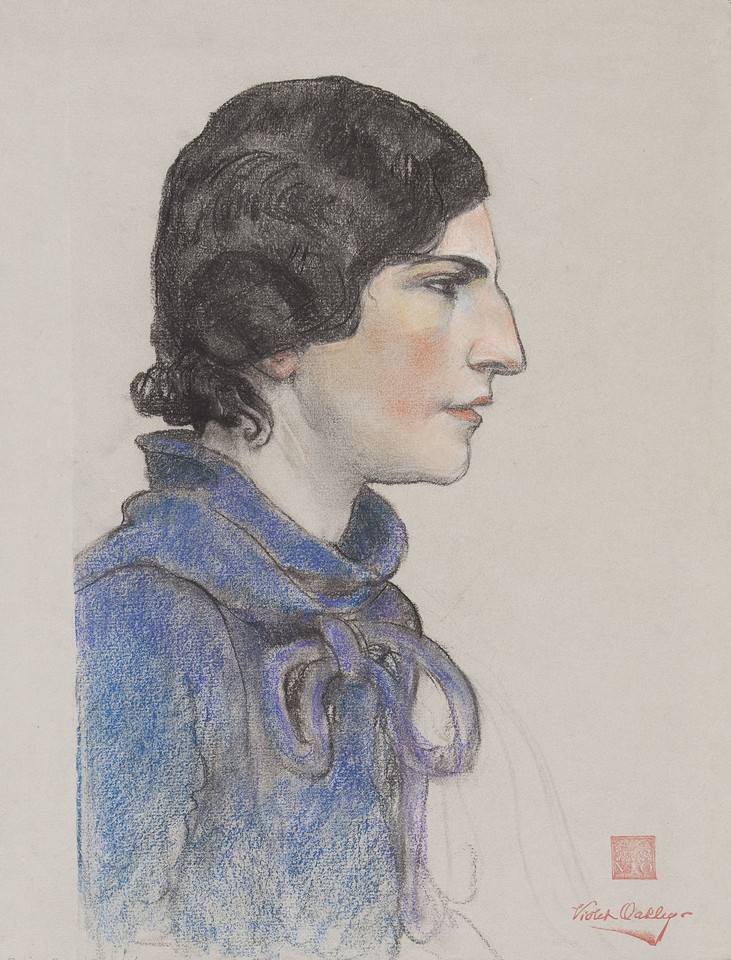
Portrait study of Madam Marta Hakimi (née Szostakowski), wife of Abolhassan Hakimi, member of League of Nations Secretariat from Persia
Drawings and Watercolors
View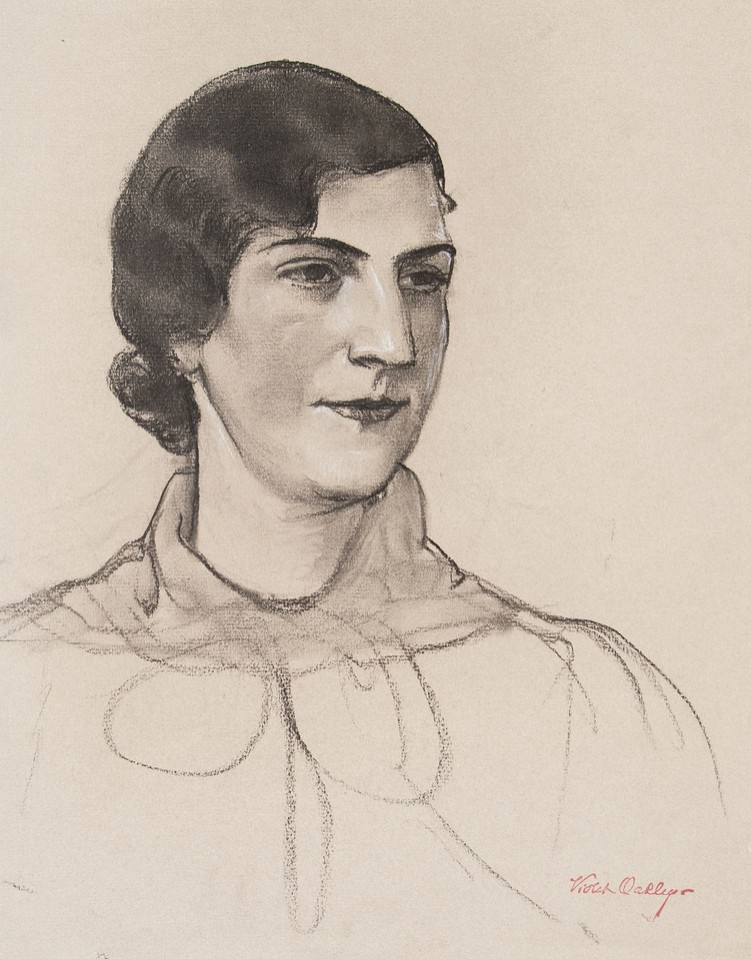
Portrait study of Madam Marta Hakimi (née Szostakowski), wife of Abolhassan Hakimi, a member of League of Nations Secretariat
Drawings and Watercolors
View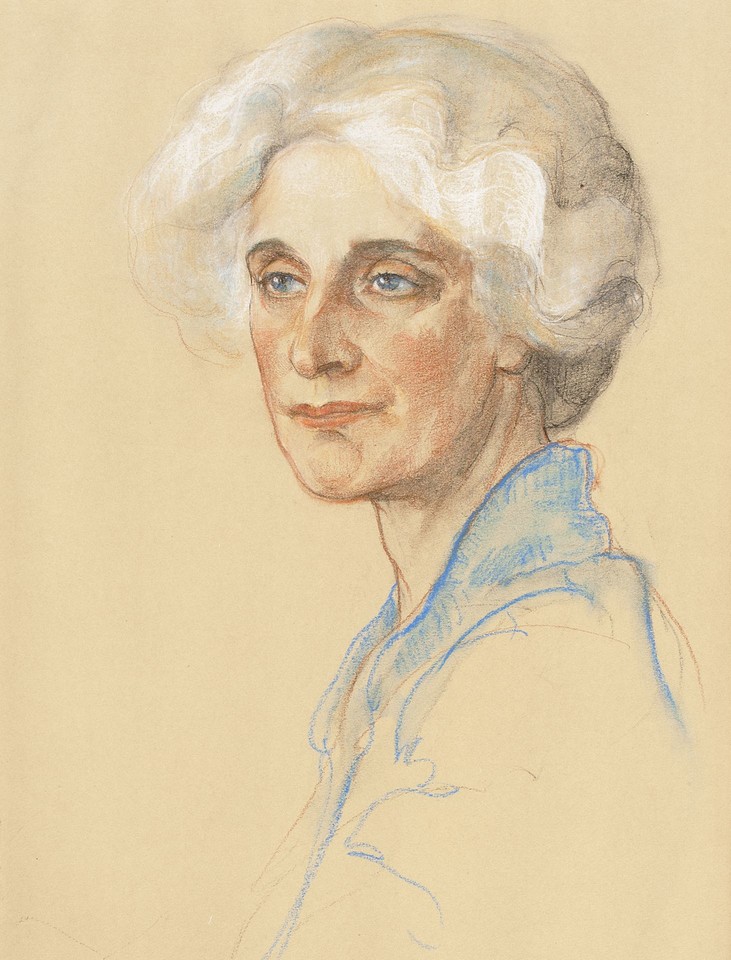
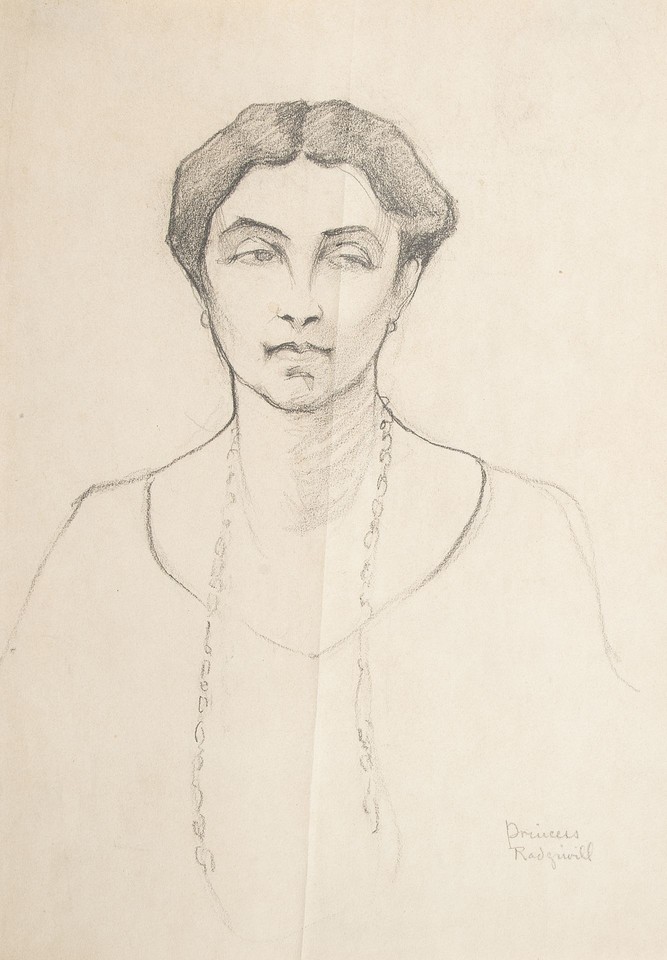
Portrait study of Princess Gabrielle Radziwill, member of the Information Section, later member of Section of Social Questions, of League of Nations
Drawings and Watercolors
View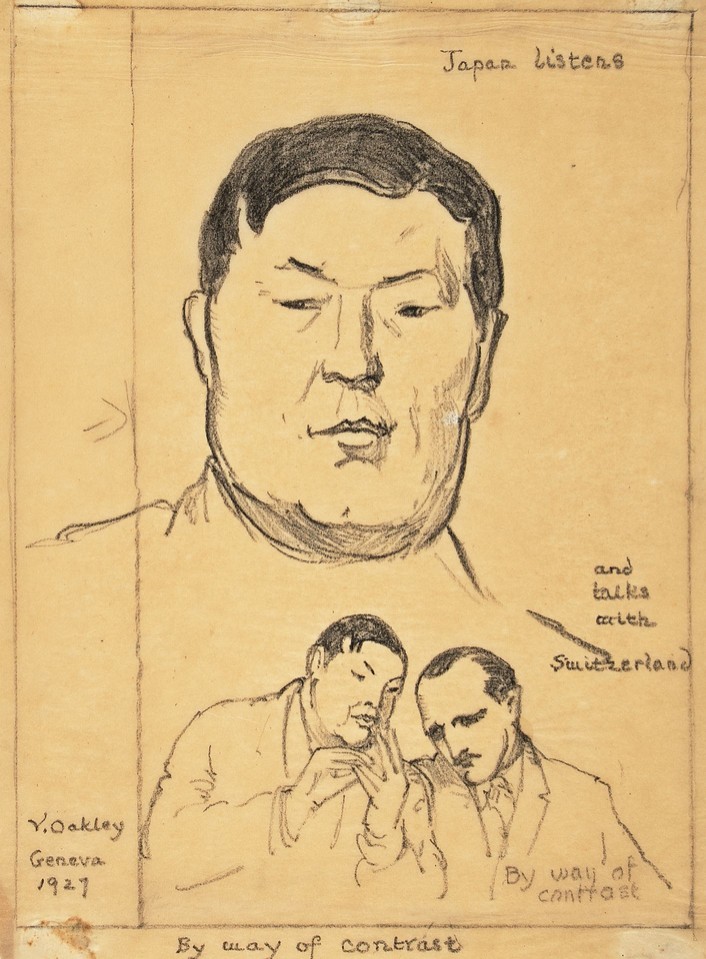
"Japan listens…and talks with Switzerland" [delegates from Japan and Switzerland to the League of Nations]
Drawings and Watercolors
View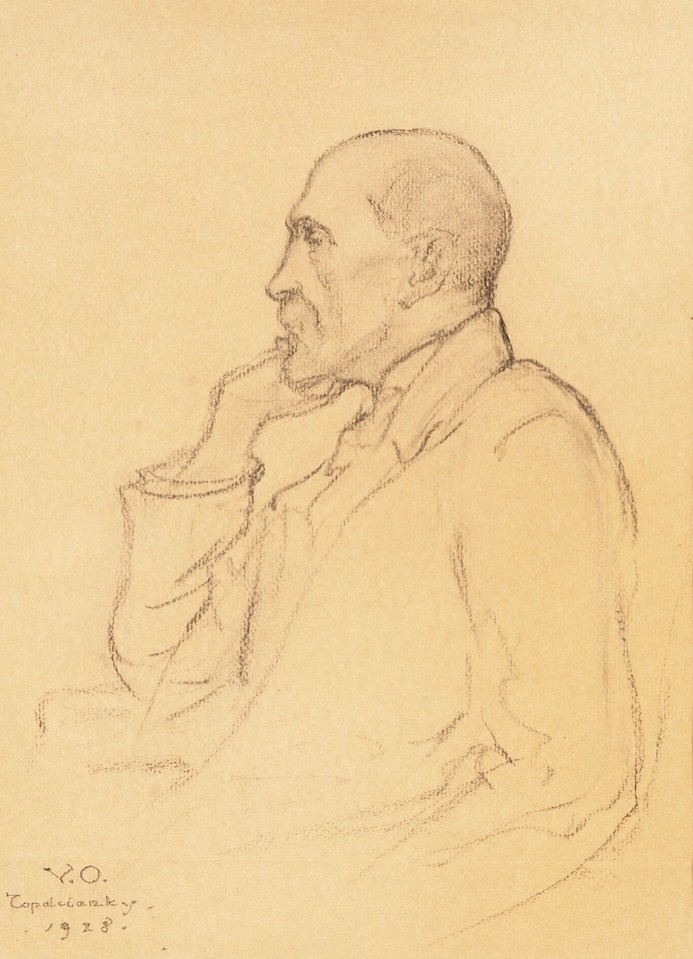
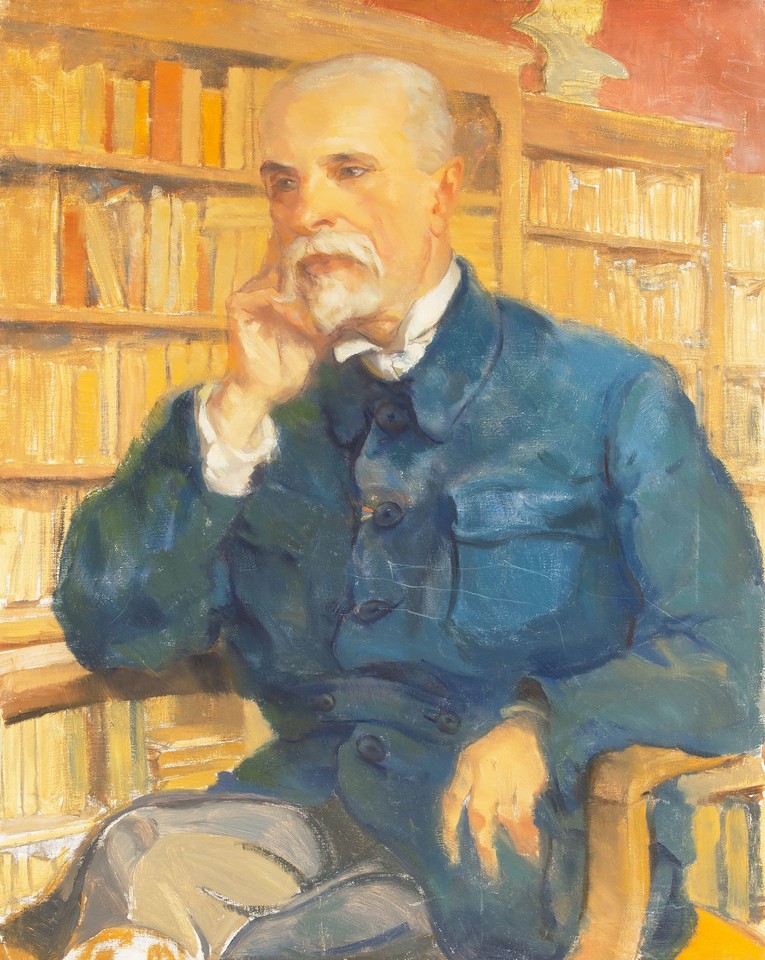
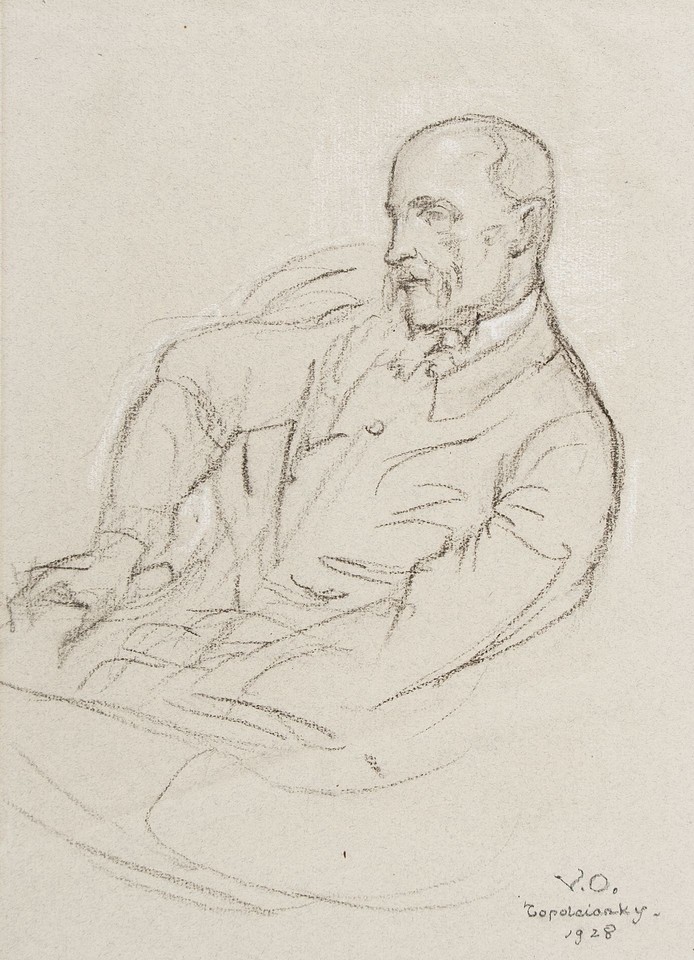

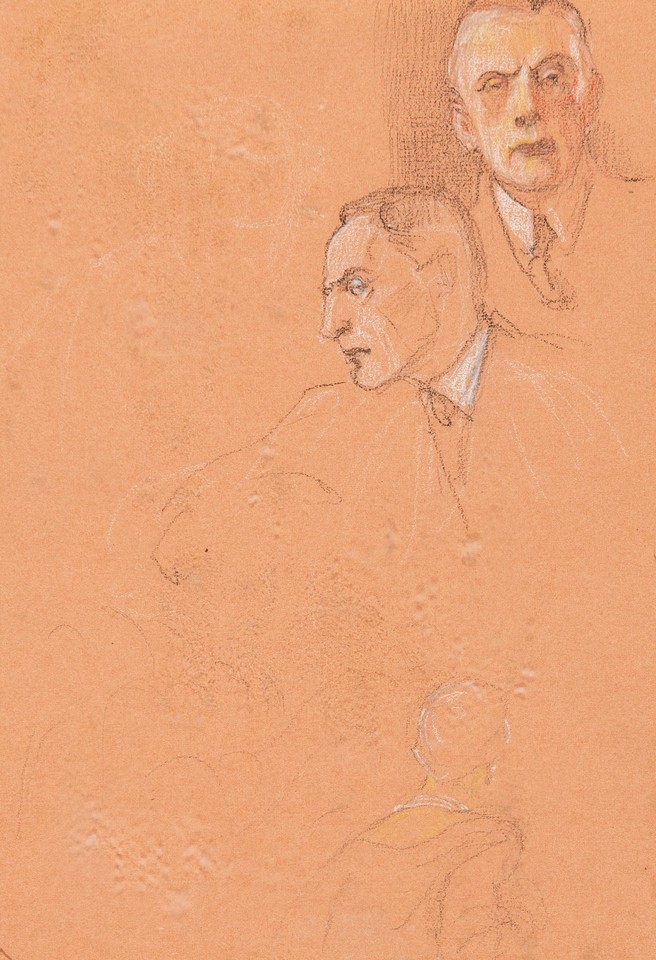
Portrait head studies of Sir Austen Chamberlain, delegate from Great Britain to the League of Nations
Drawings and Watercolors
View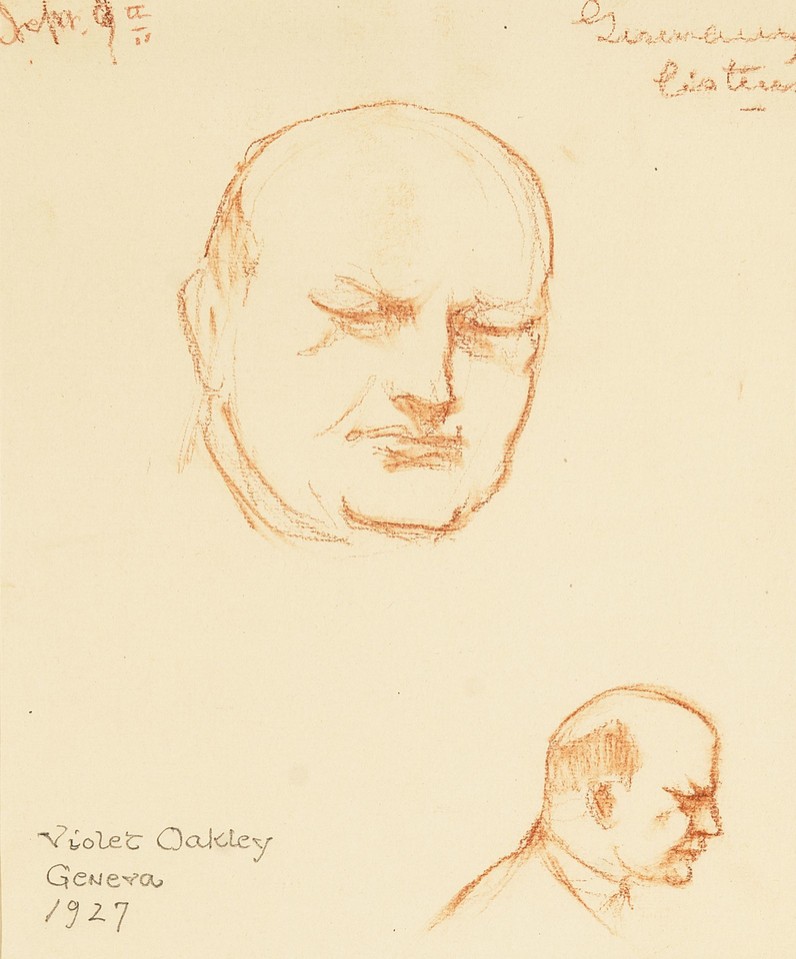
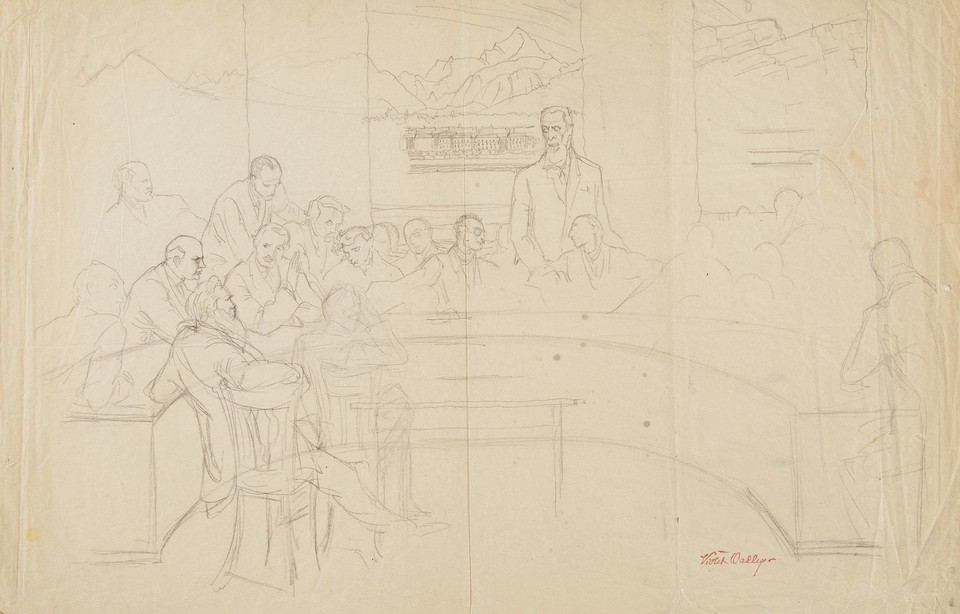
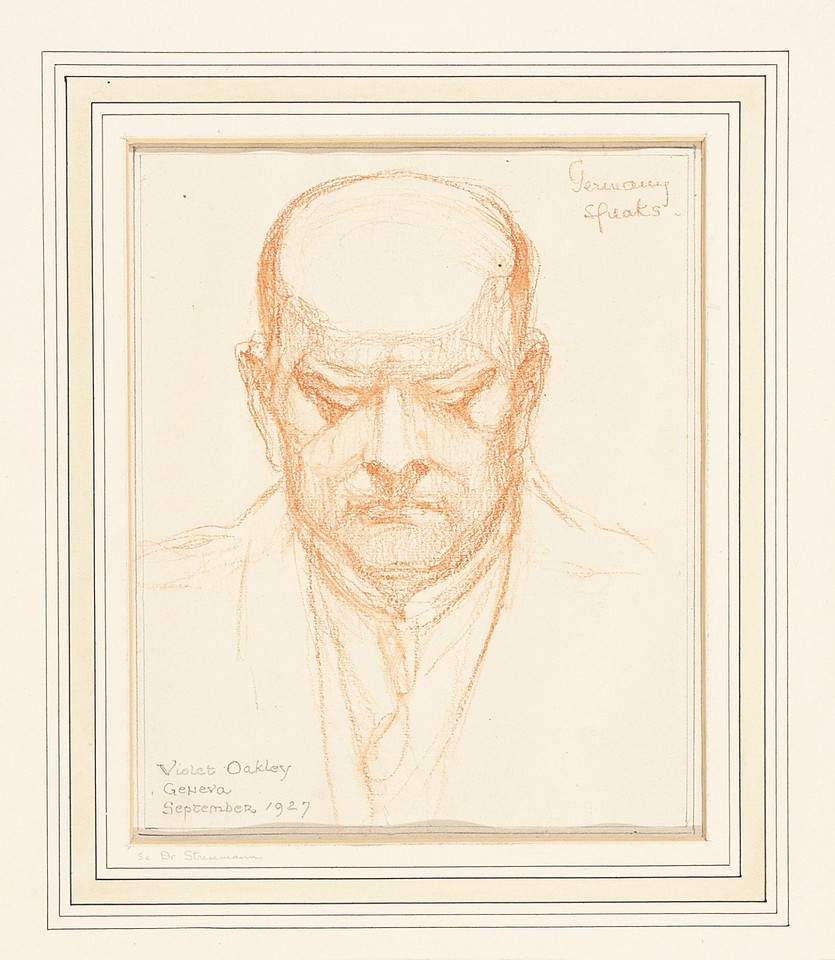
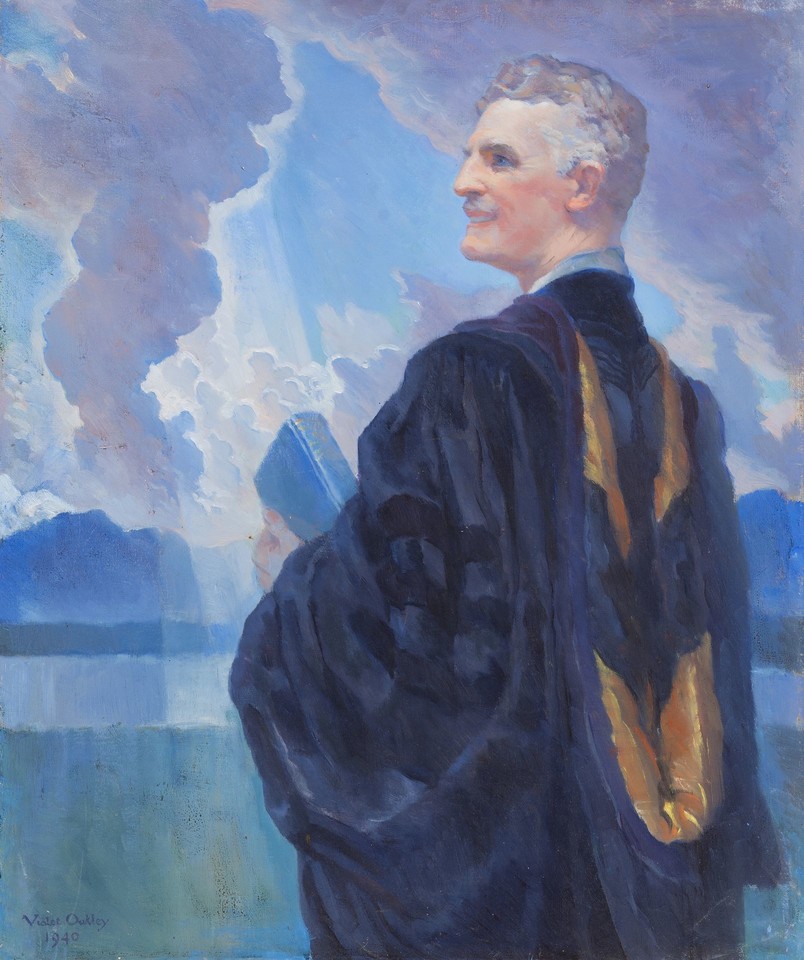
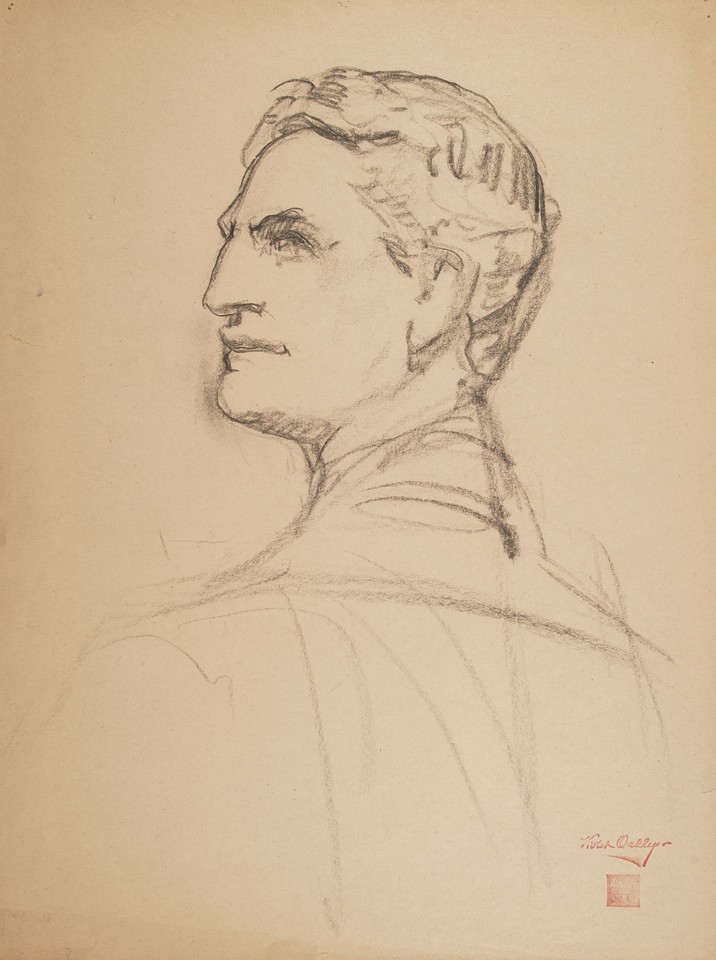
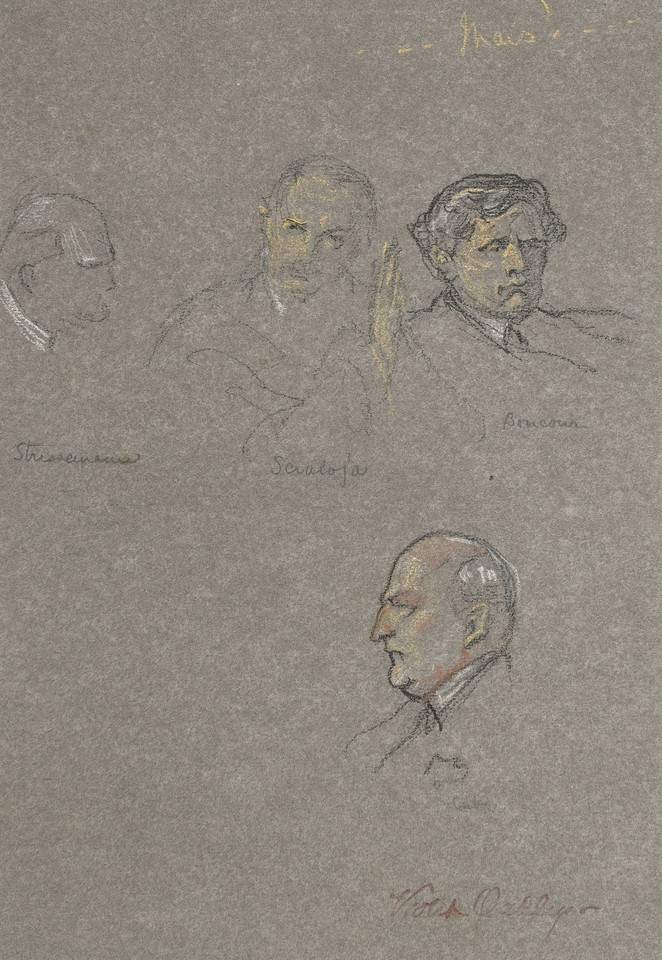
Portrait head studies of Gustav Stresemann, Vittorio Scialoja, Joseph Paul-Boncour and unidentified man (possibly Cuban delegate) at the League of Nations
Drawings and Watercolors
View
Bust portraits of Joseph Paul-Boncour [addressing the Assembly of the League of Nations]
Drawings and Watercolors
View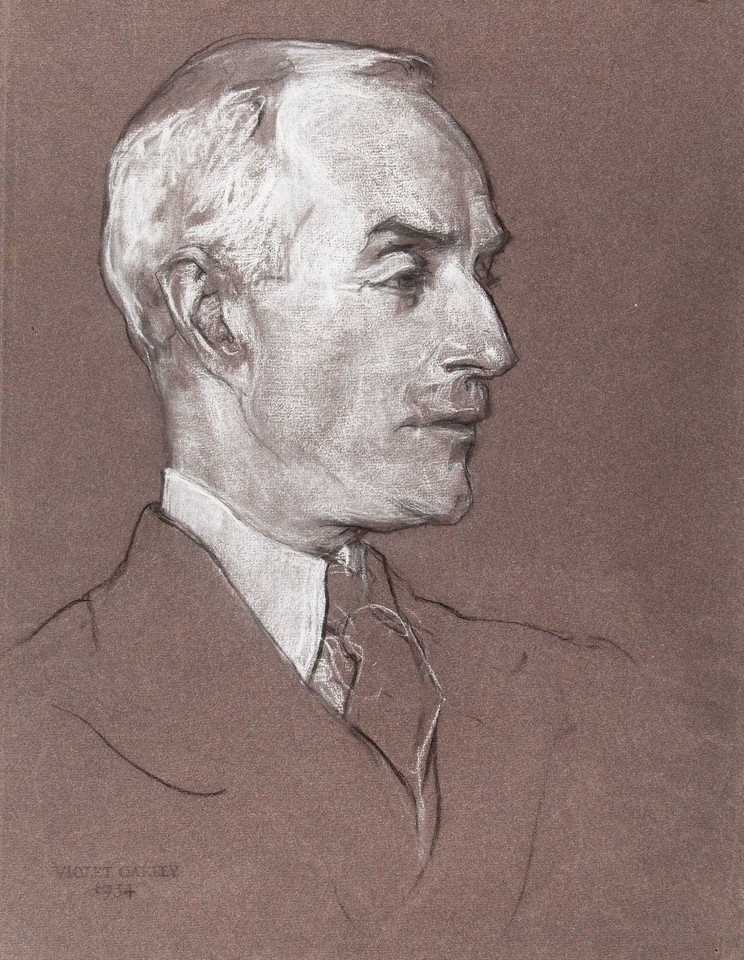
Portrait of man in profile, head of League of Nations Association, Chicago
Drawings and Watercolors
View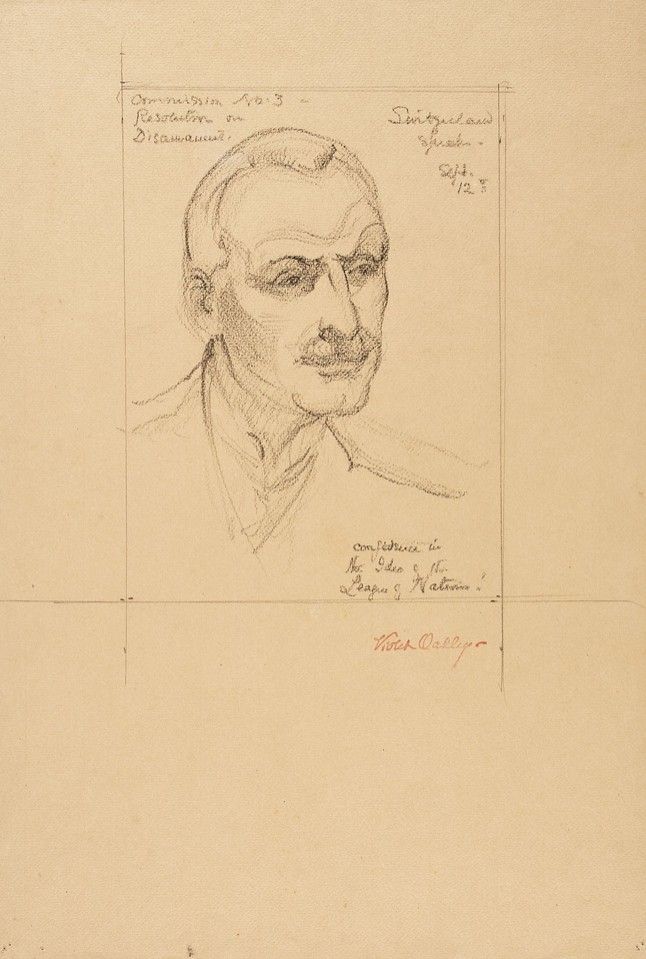
"Switzerland speaks." Portrait of Giuseppe Motta, delegate from Switzerland to the League of Nations
Drawings and Watercolors
View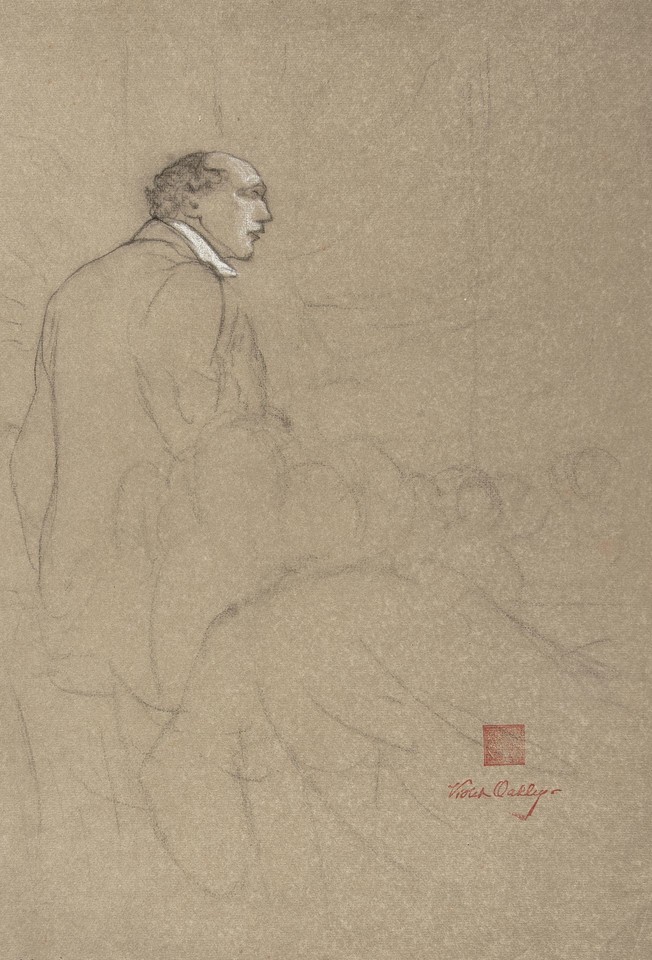
Portrait study of Robert Cecil, 1st Viscount Cecil of Chelwood, delegate from Great Britain to the League of Nations, addressing a group
Drawings and Watercolors
View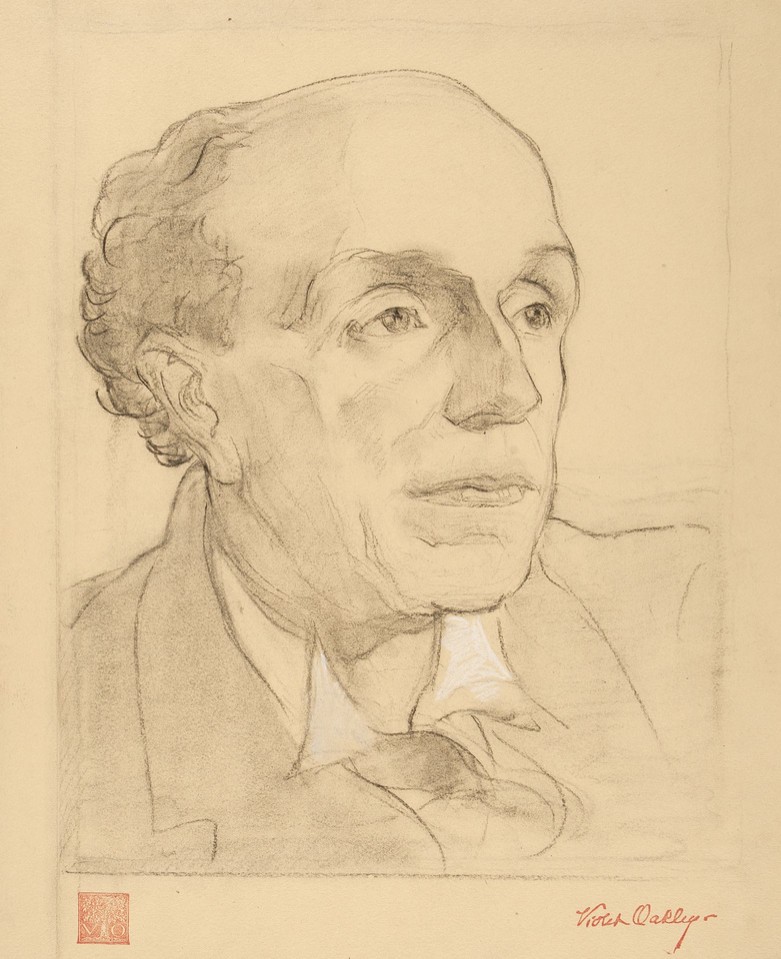
Portrait study of Robert Cecil, 1st Viscount Cecil of Chelwood, delegate from Great Britain to the League of Nations
Drawings and Watercolors
View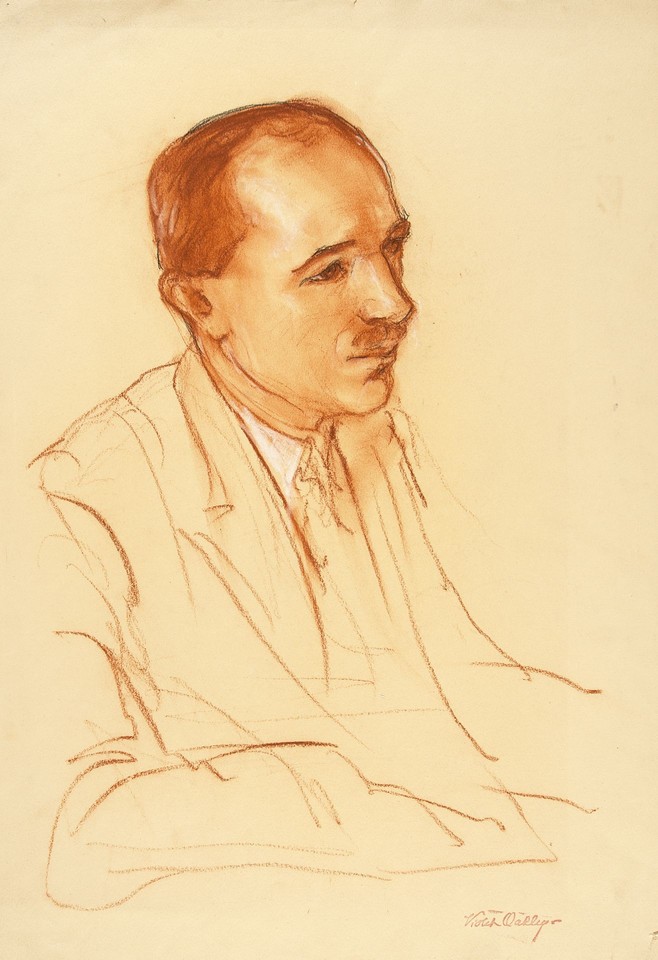
Portrait study of Edvard Beneš, delegate from Czechoslovakia to the League of Nations
Drawings and Watercolors
View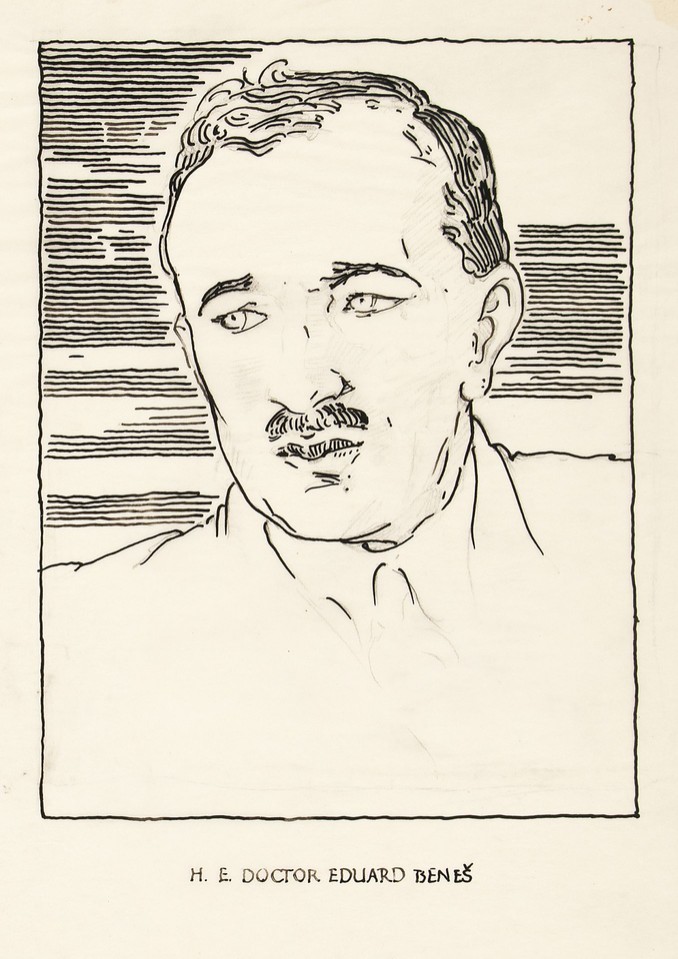
Portrait study of Edvard Beneš, delegate from Czechoslovakia to the League of Nations
Drawings and Watercolors
View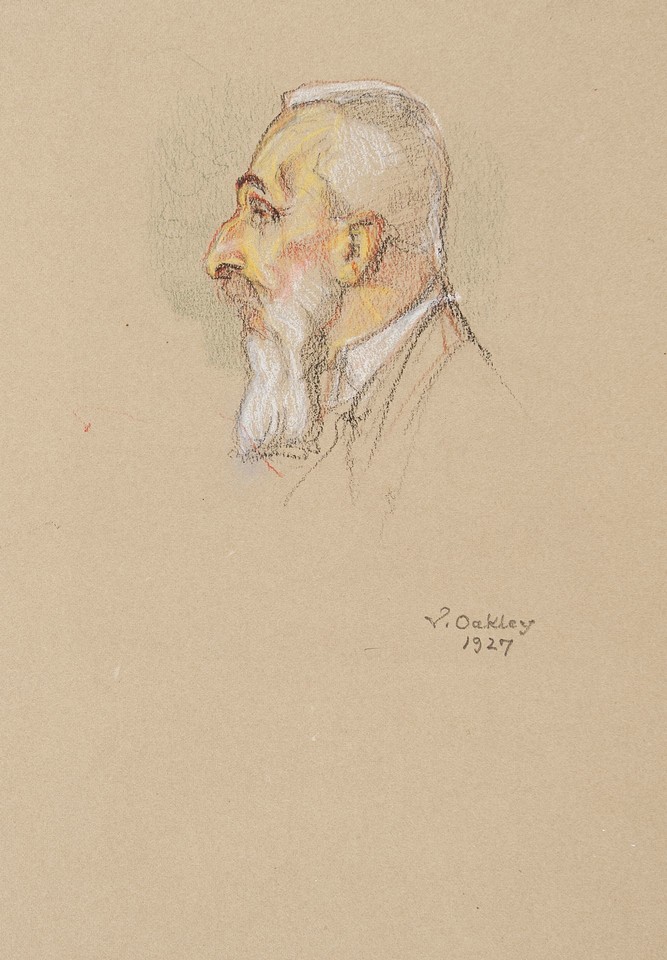
Portrait head study of Count Albert Apponyi, delegate from Hungary to the League of Nations
Drawings and Watercolors
View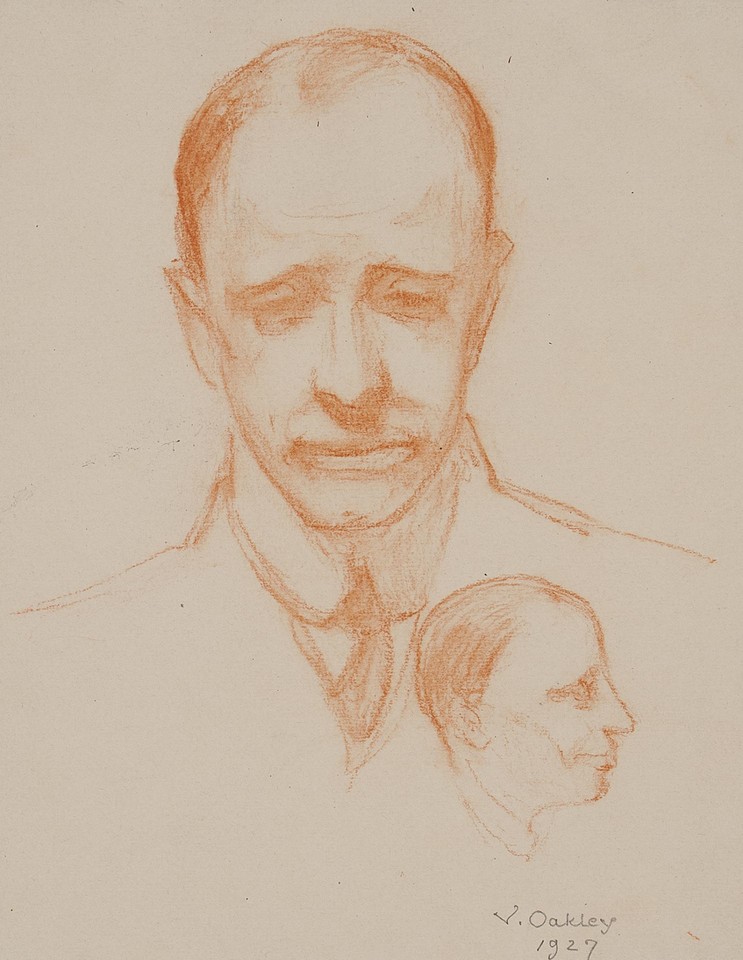
Portrait studies of Sir Eric Drummond, Secretary-General of the League of Nations
Drawings and Watercolors
View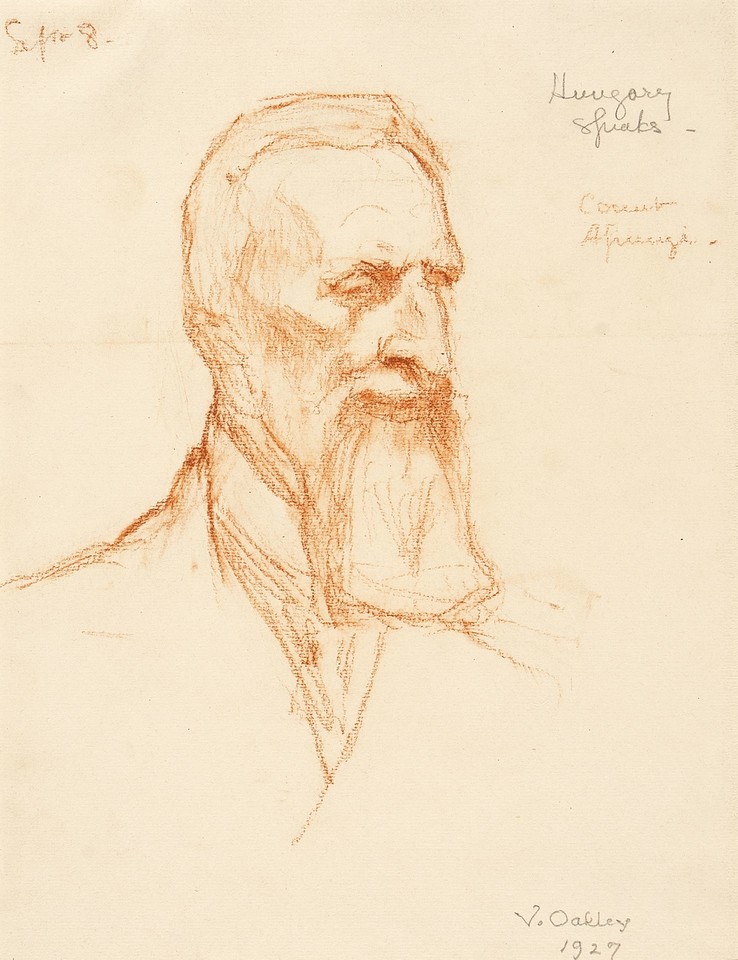
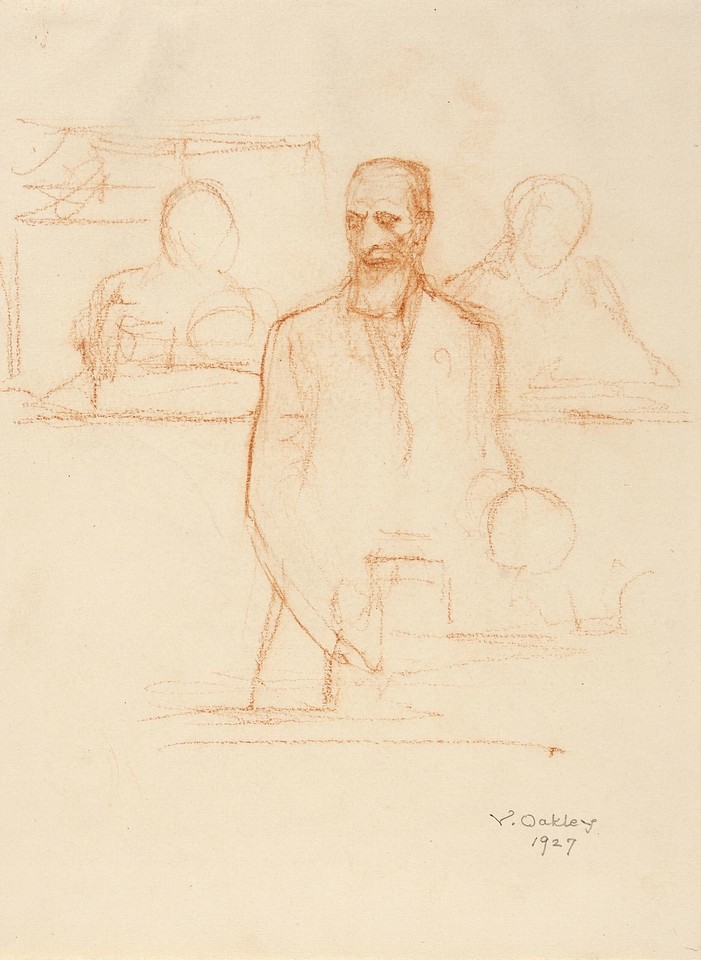
Portrait study of Count Albert Apponyi, delegate from Hungary to the League of Nations, addressing the assembly
Drawings and Watercolors
View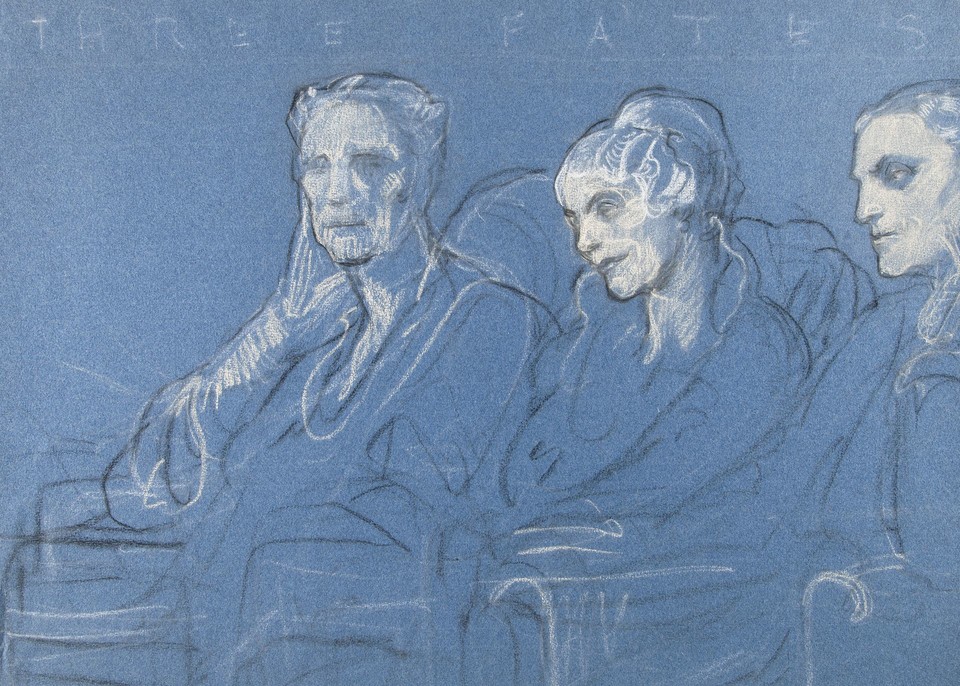
Study for the "Three Fates" (American visitors to the League of Nations, including Anna Pennypacker [Mrs. Percy Pennypacker]
Drawings and Watercolors
View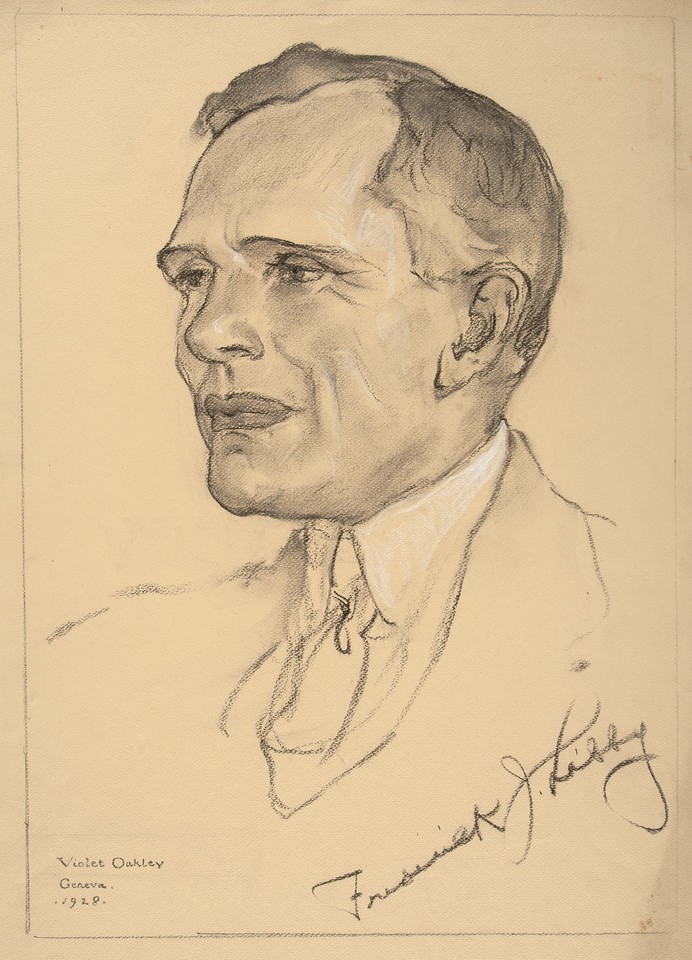
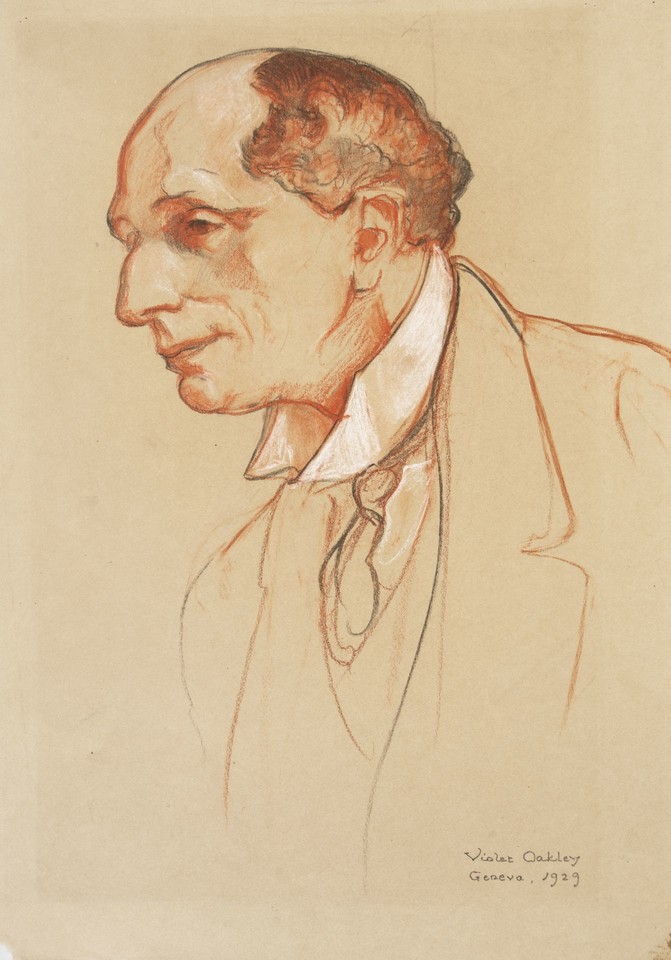
Robert Cecil, 1st Viscount Cecil of Chelwood, delegate from Great Britain to the League of Nations
Drawings and Watercolors
View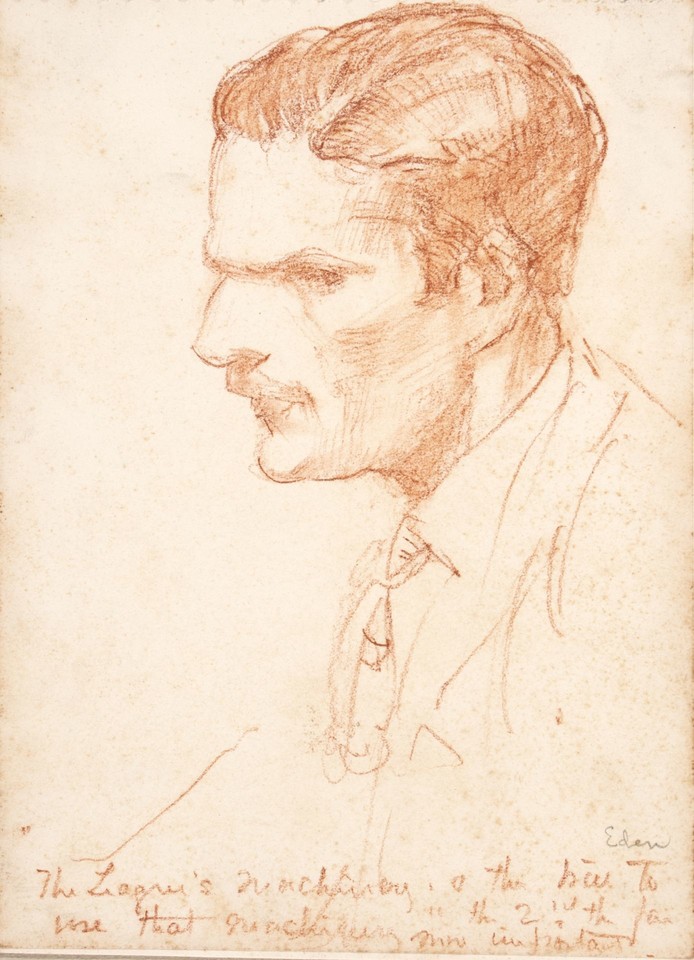
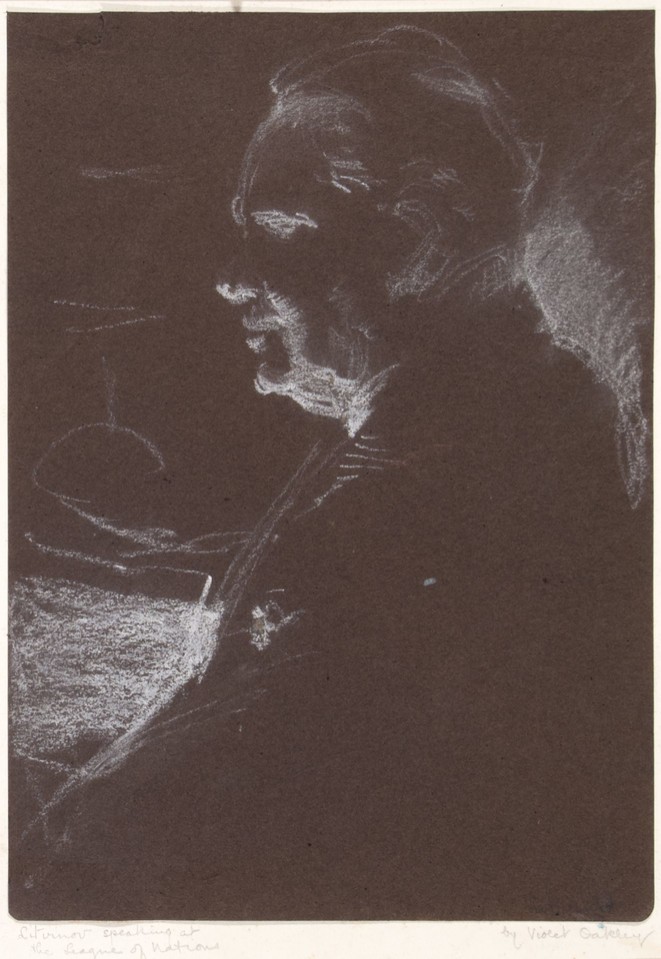
Maksim Litvinov, delegate from the Soviet Union, speaking at the League of Nations
Drawings and Watercolors
View
Portrait study of Alice Church Bartlett, Assistant Librarian, League of Nations
Drawings and Watercolors
View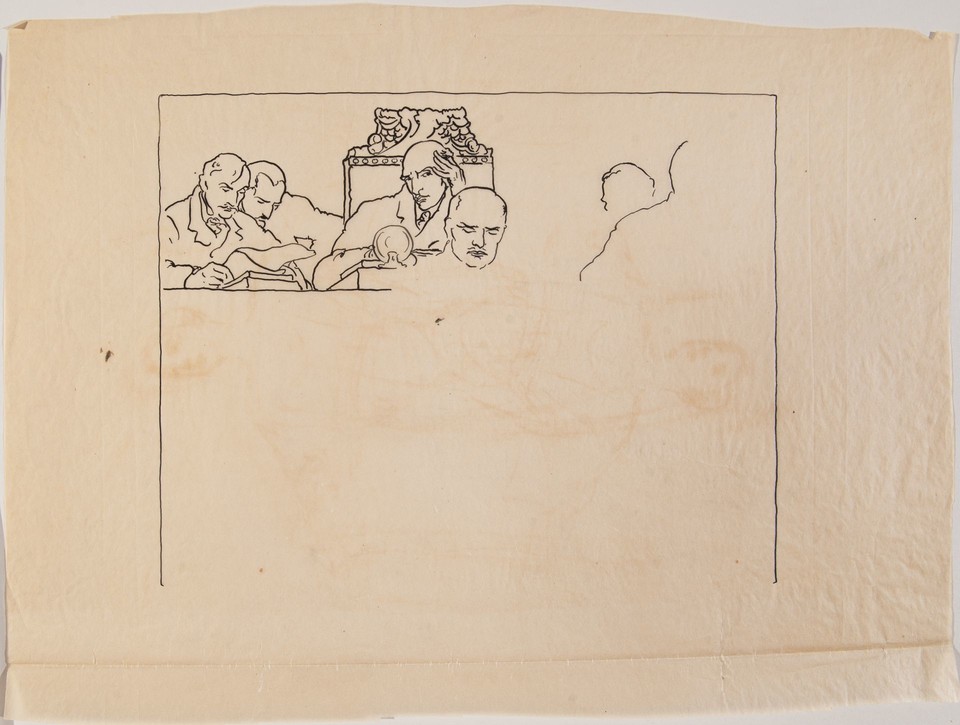
Illustration study detail of "[Drafting of the Covenant of] A League of Nations…" for Christian Science Monitor (May 1934)
Periodicals
View
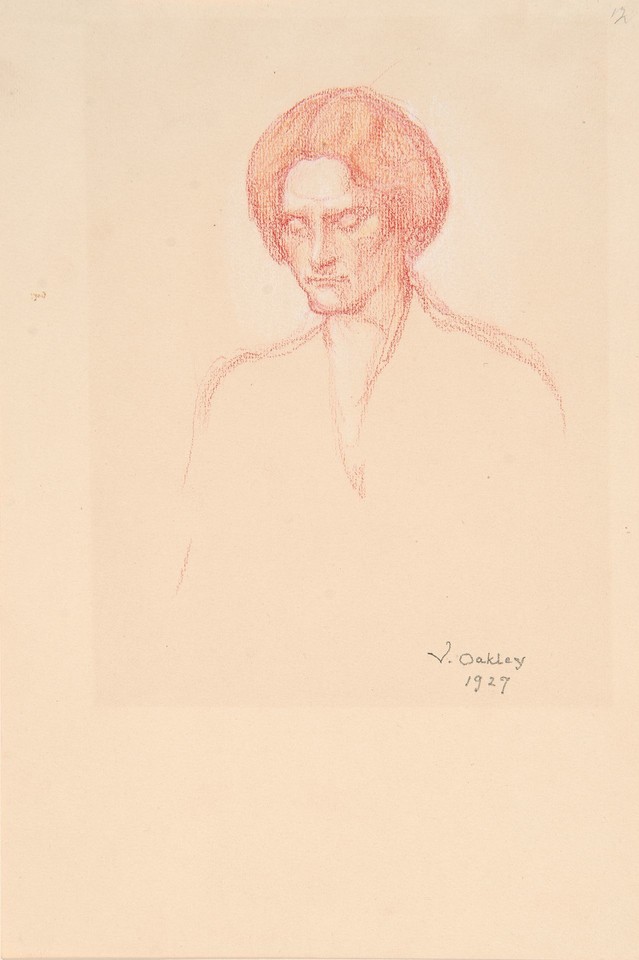
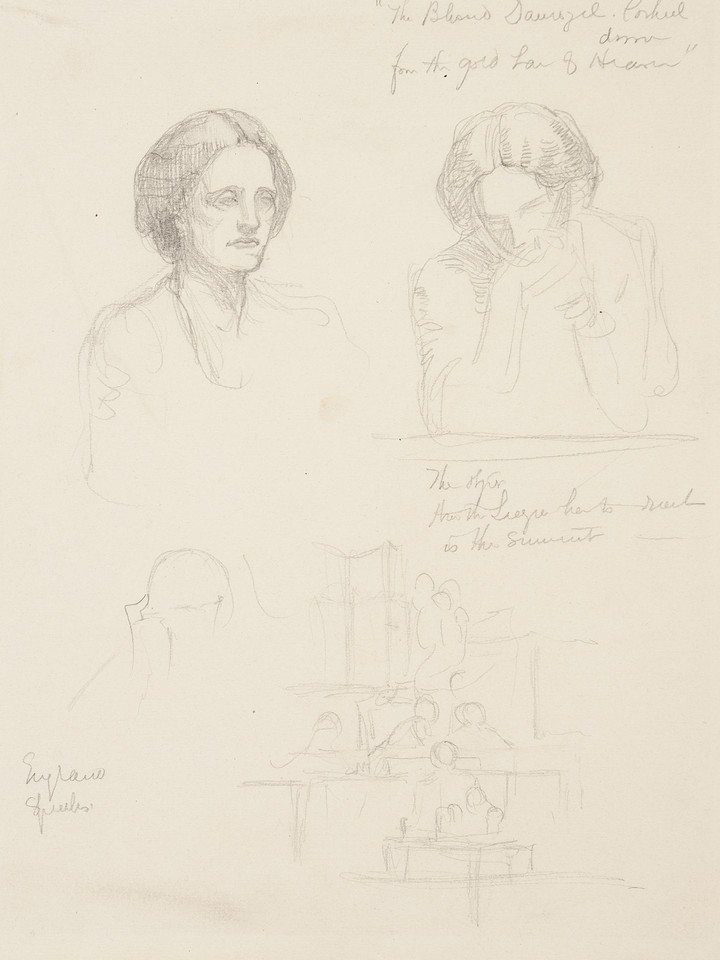
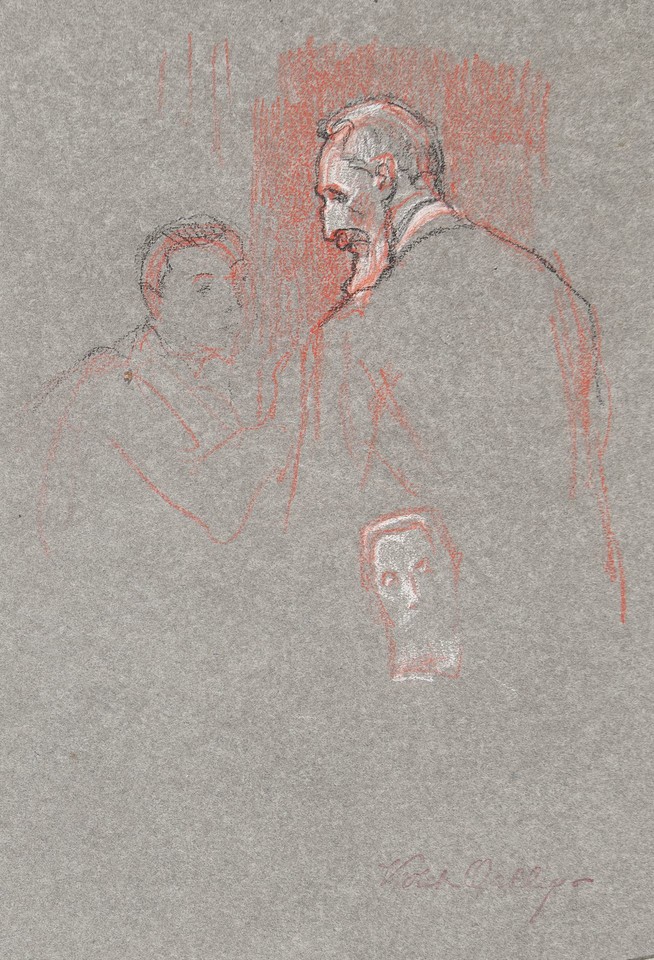
Portrait studies of Count Albert Apponyi, delegate from Hungary to the League of Nations, and other figure
Drawings and Watercolors
View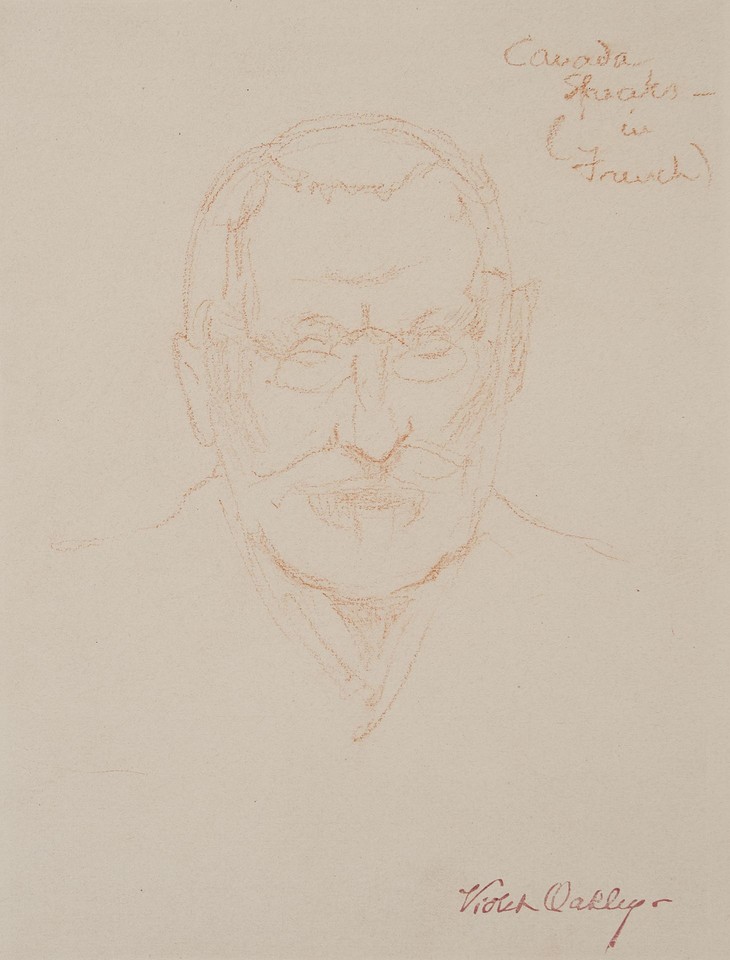
"Canada speaks (in French)." Portrait study of the delegate from Canada to the League of Nations
Drawings and Watercolors
View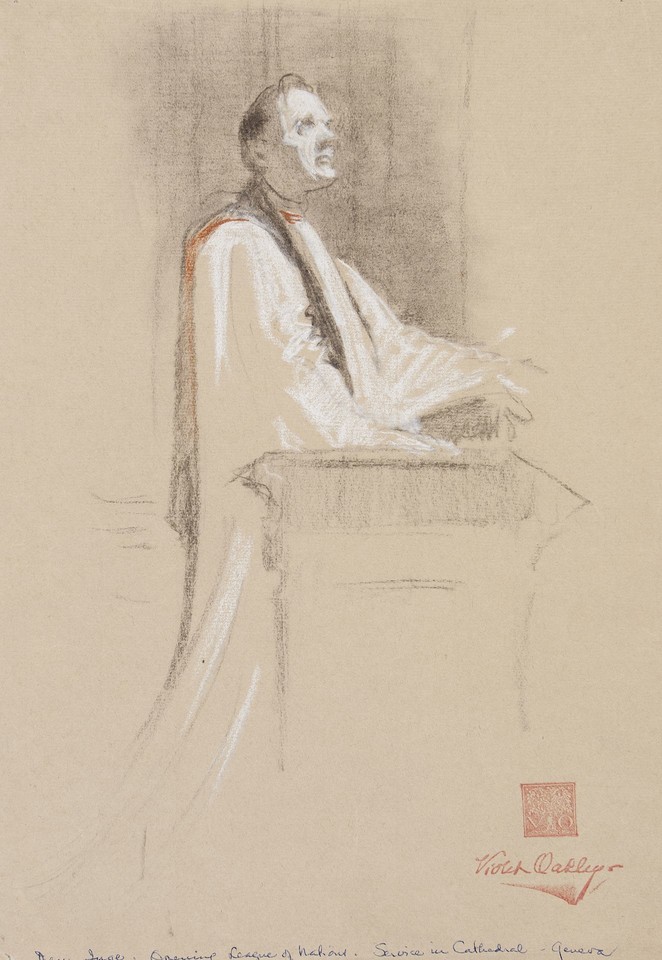
Portrait study of William Ralph Inge delivering sermon at League of Nations opening service, Cathedral of St. Pierre, Geneva
Drawings and Watercolors
View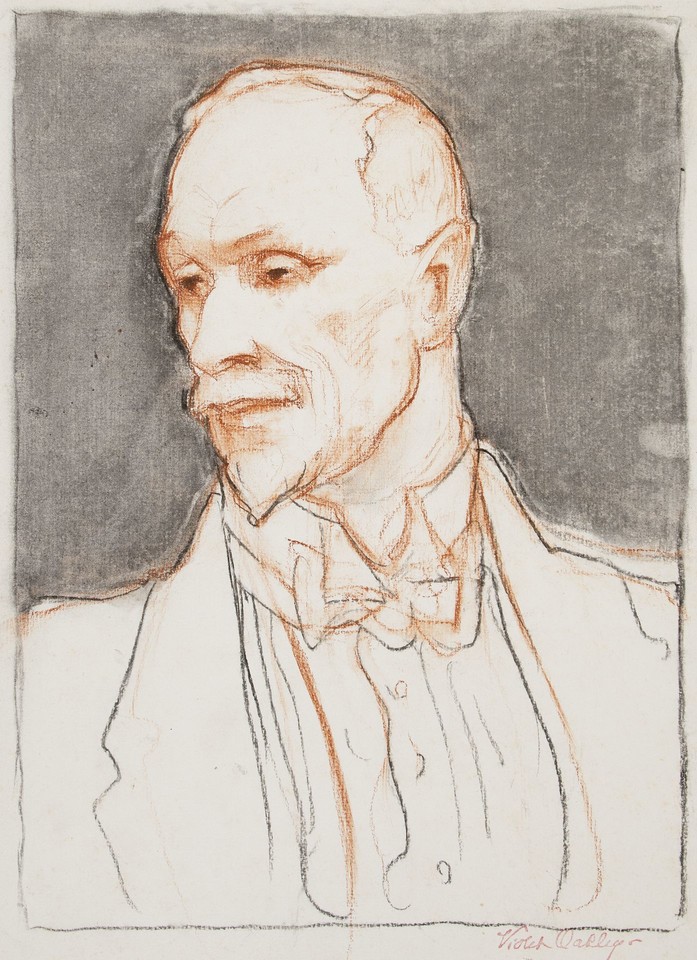
Portrait head study of Gen. Jan Christiaan Smuts, former delegate from South Africa to the League of Nations
Drawings and Watercolors
View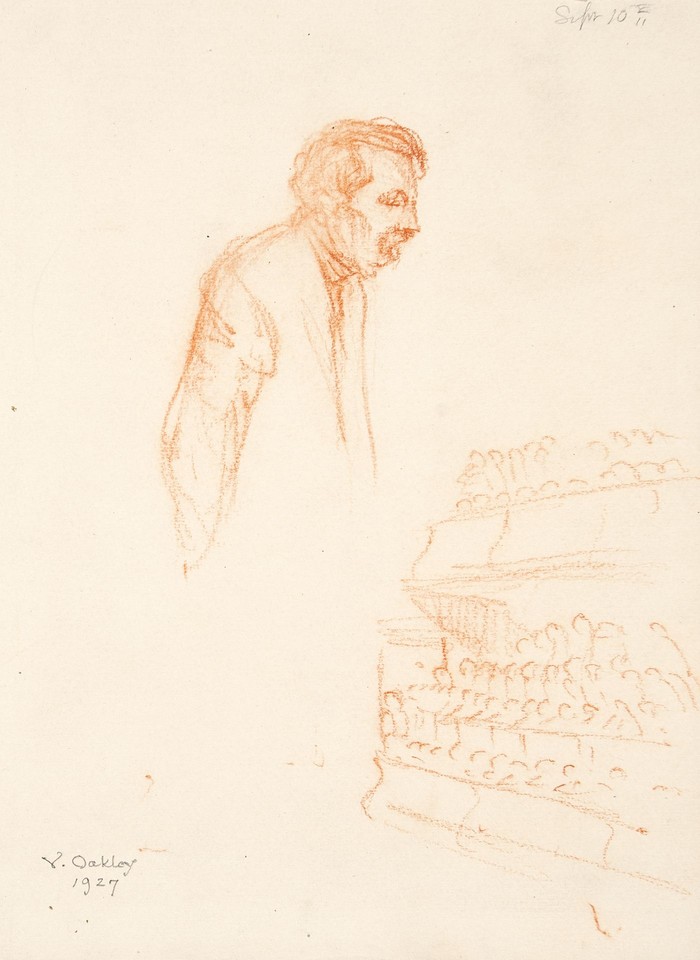
Studies of Aristide Briand, delegate from France, speaking and of the packed galleries at the League of Nations Assembly, Geneva
Drawings and Watercolors
View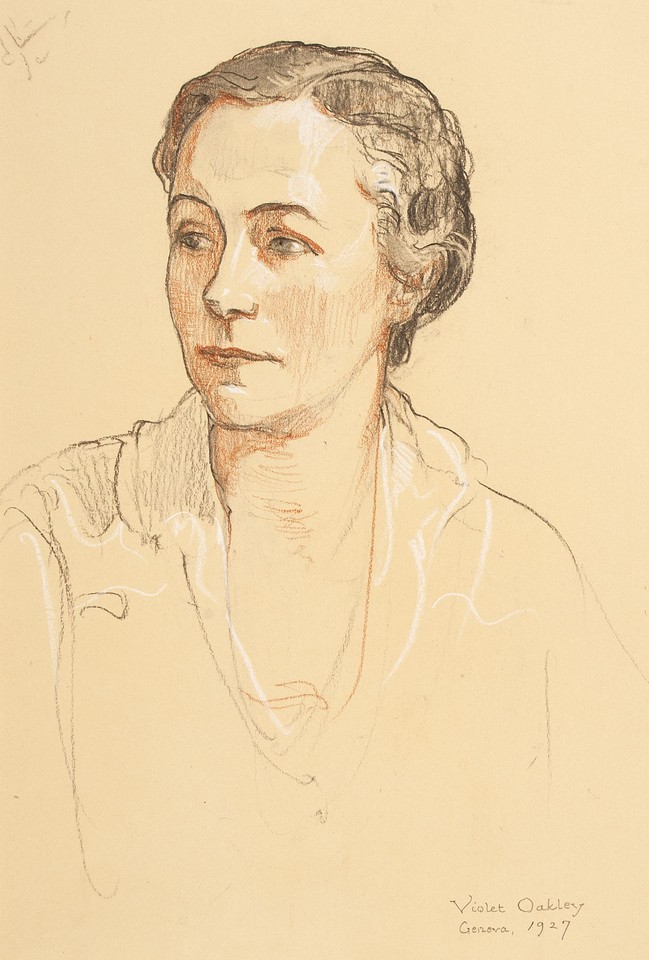
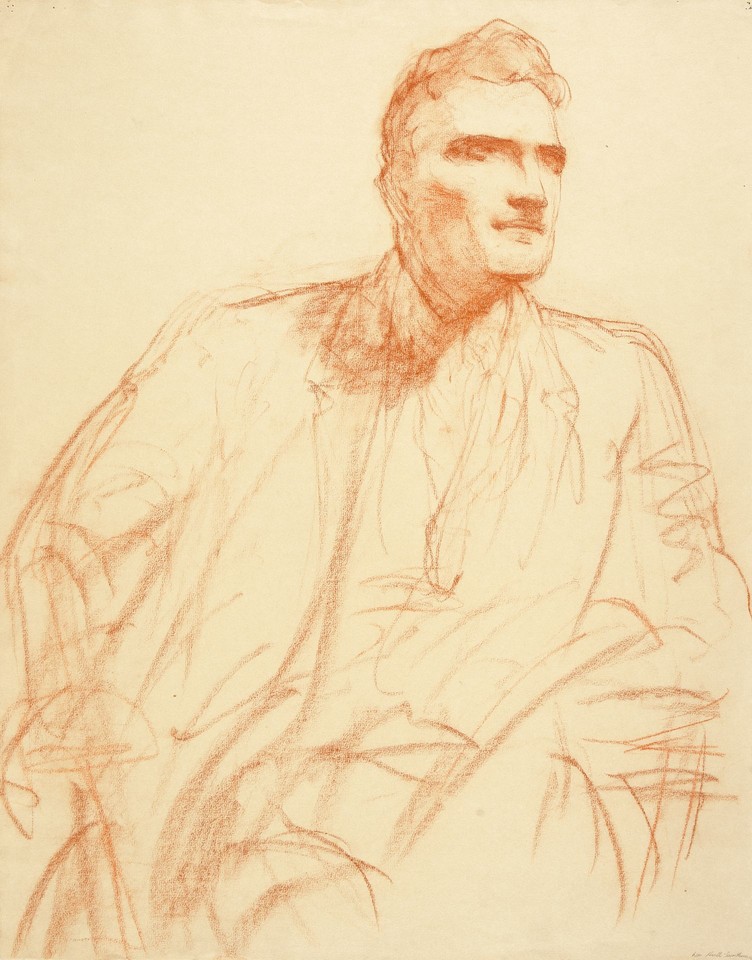
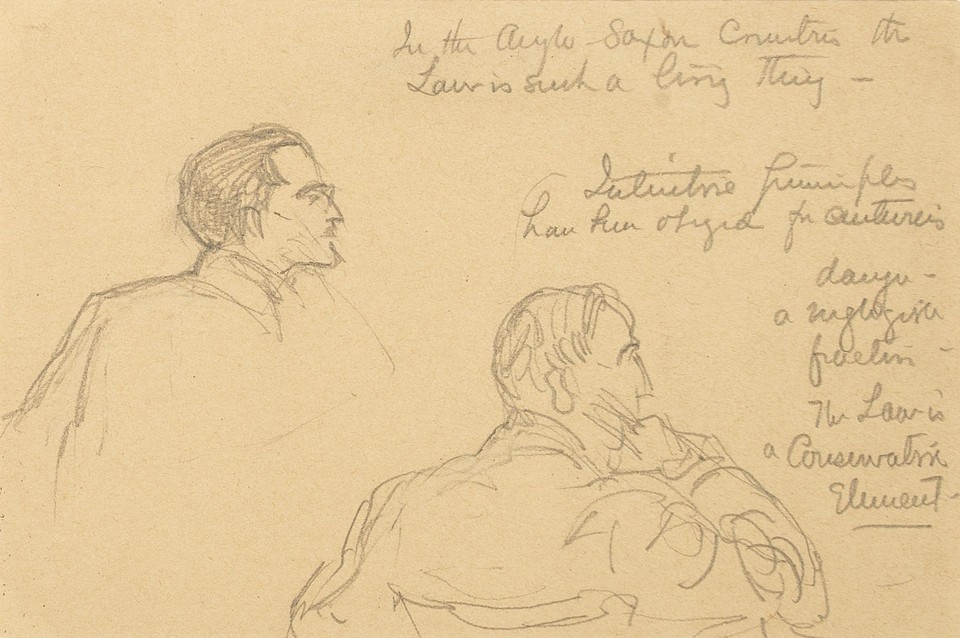
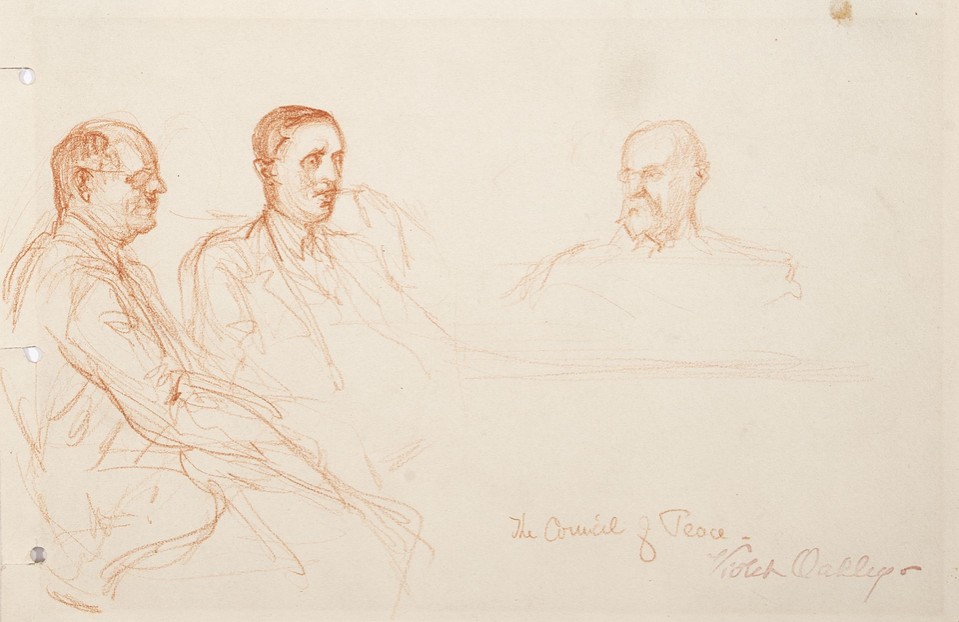
The Council of Peace: portrait study of three seated men at League of Nations
Drawings and Watercolors
View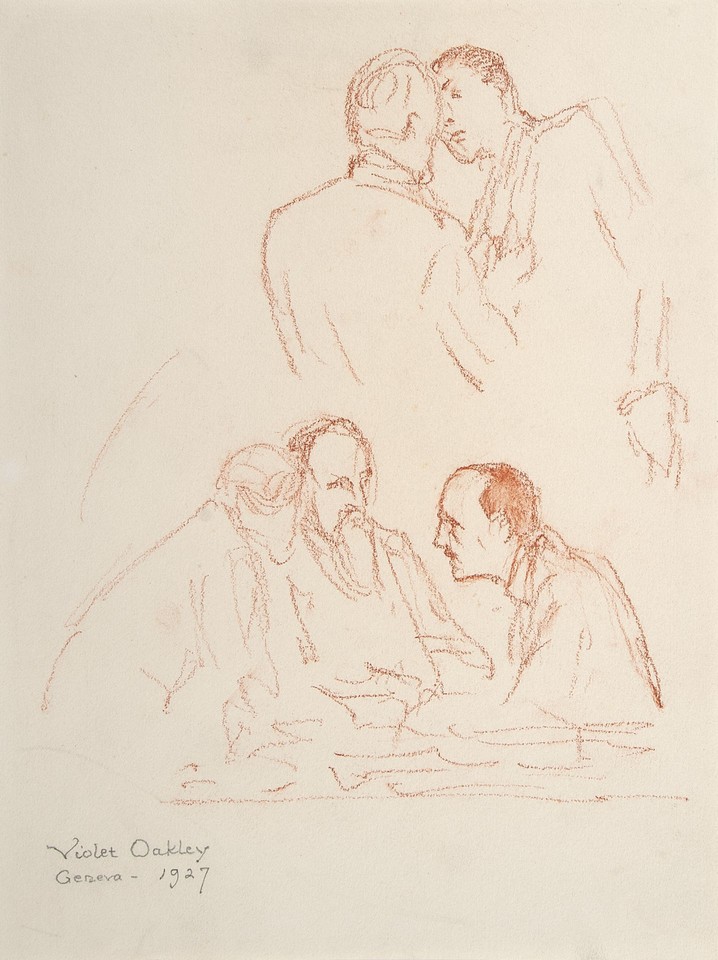
Studies of two men conversing and group of three doing same at League of Nations
Drawings and Watercolors
View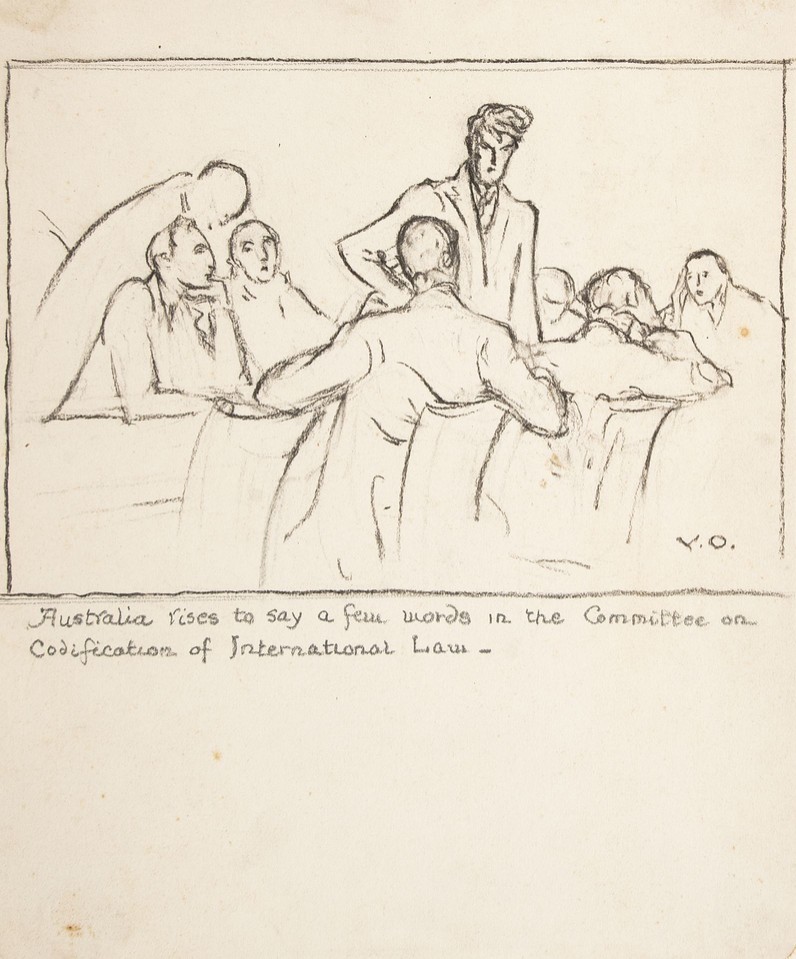
"Australia rises to say..." [Study of man standing before a group of men seated around table] at League of Nations
Drawings and Watercolors
View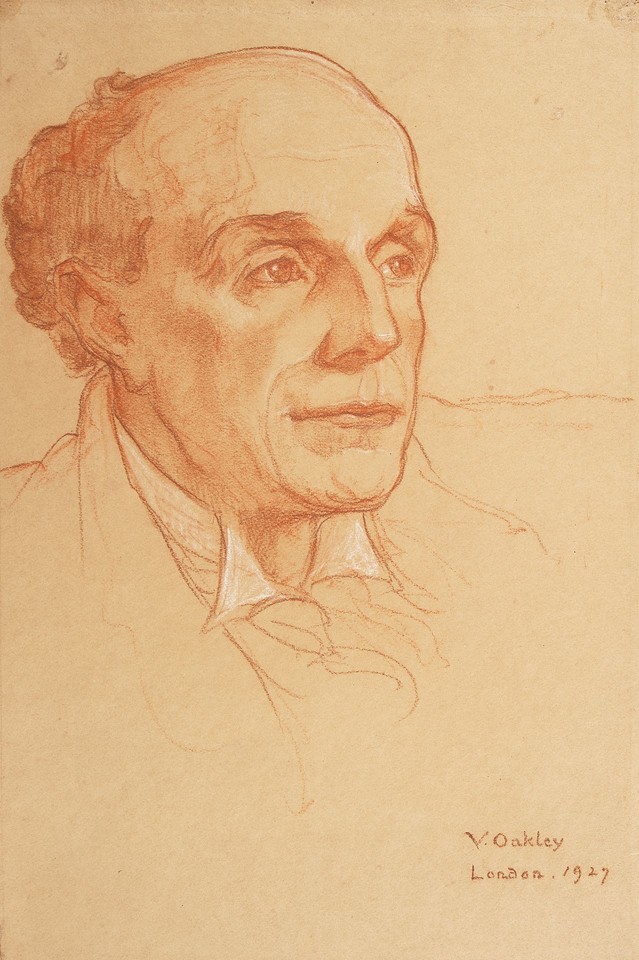
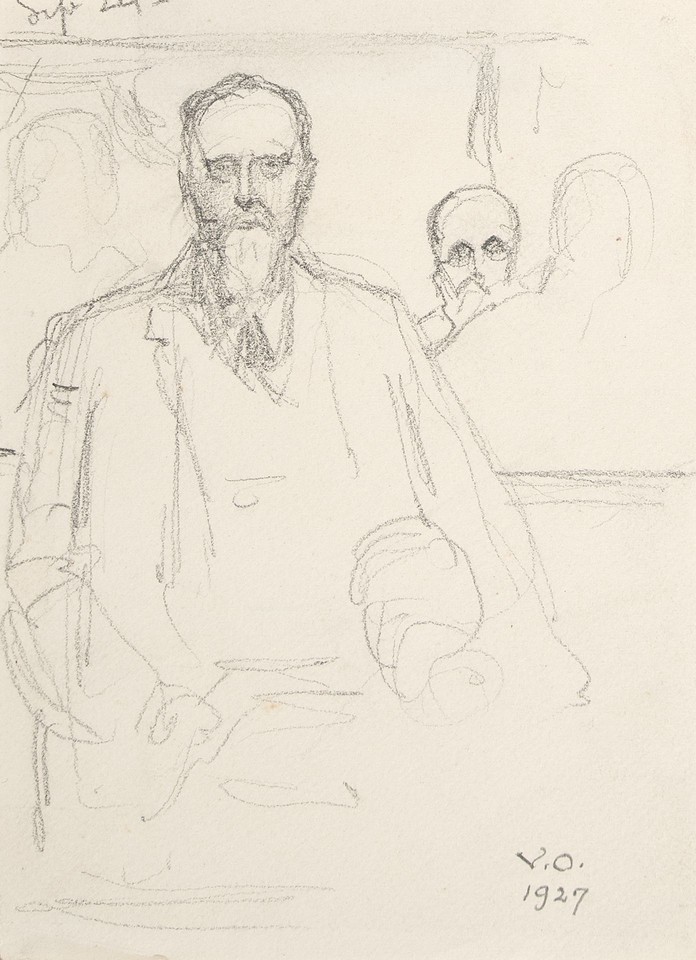
Portrait study of seated man with figures in background at League of Nations
Drawings and Watercolors
View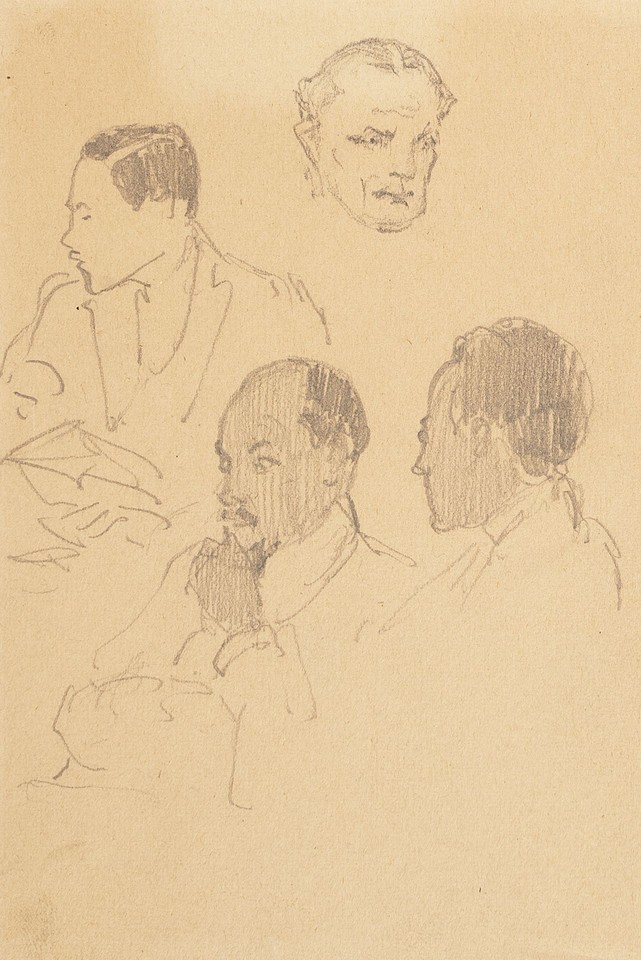
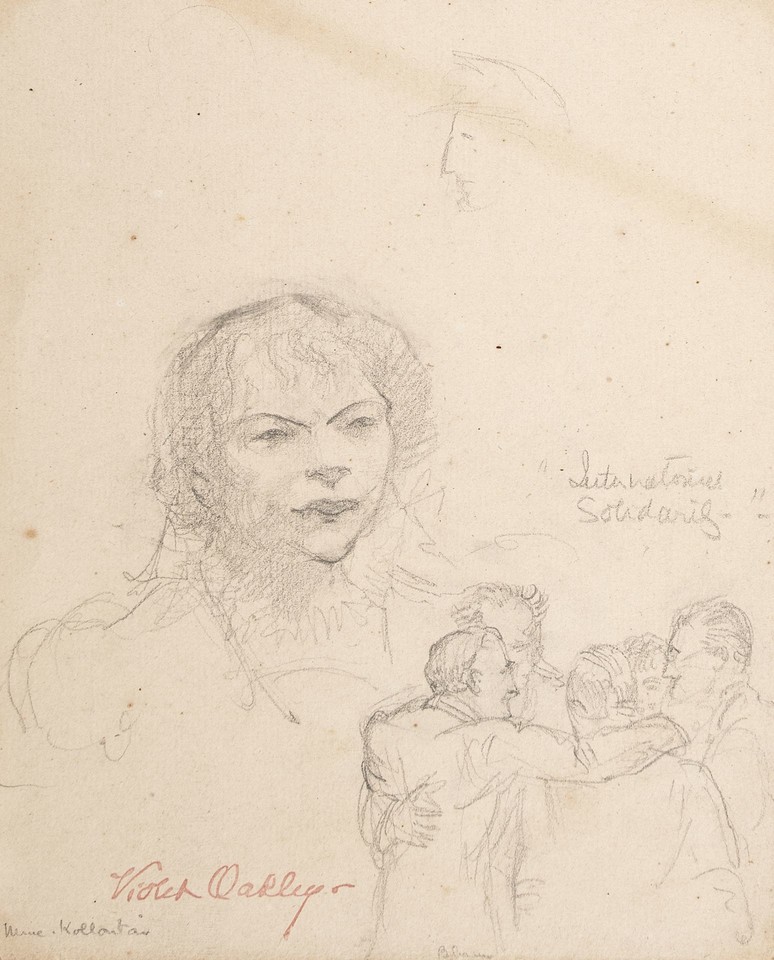
Portrait head study of Alexandra Kollontai and a study of "International Solidarity" [circle of men embracing] with thumbnail sketch of head in profile, at League of Nations
Drawings and Watercolors
View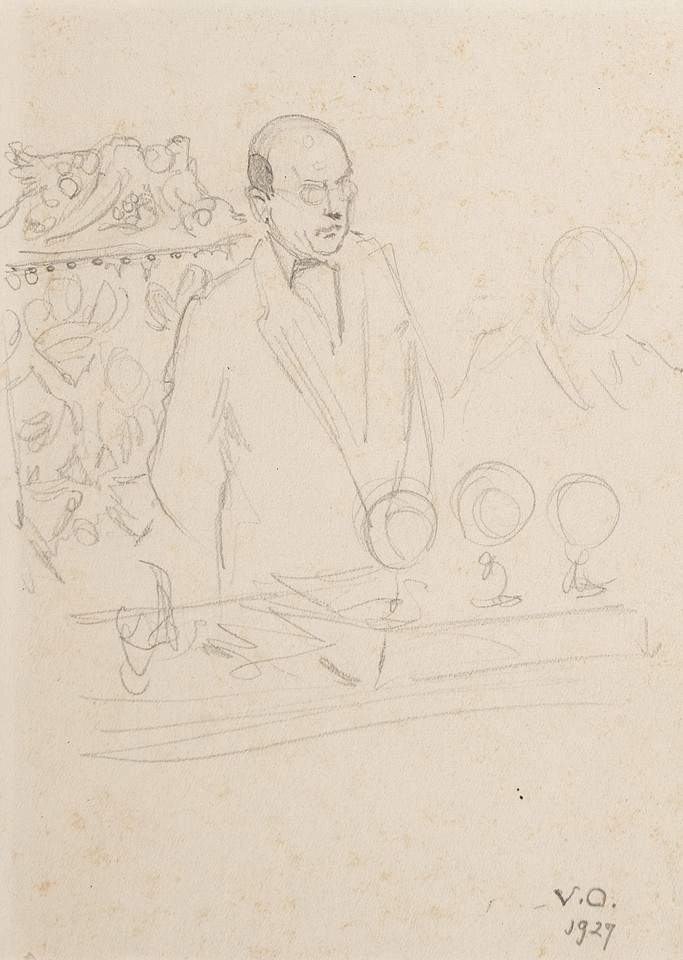
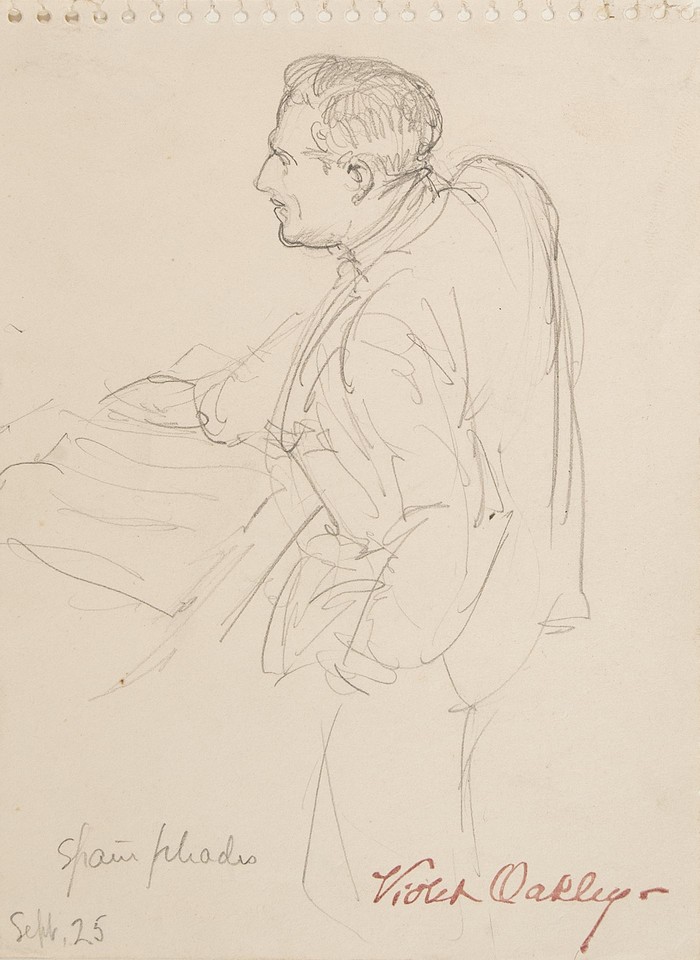
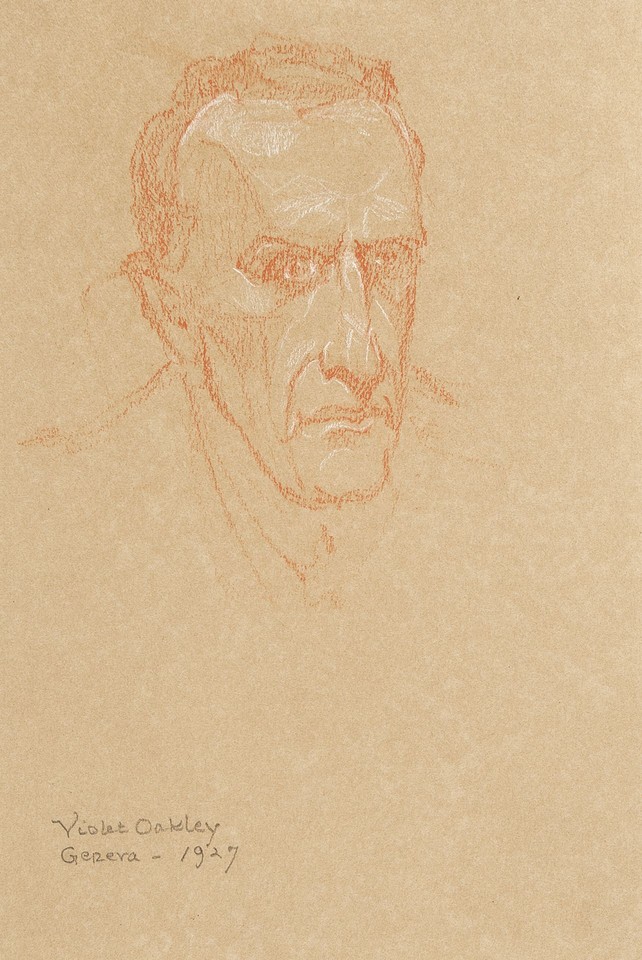
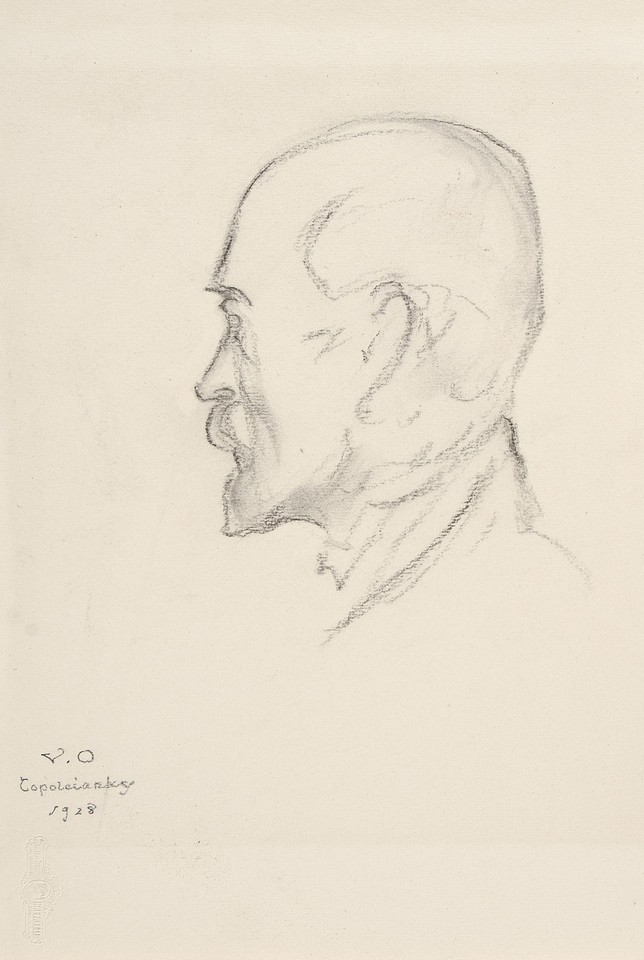
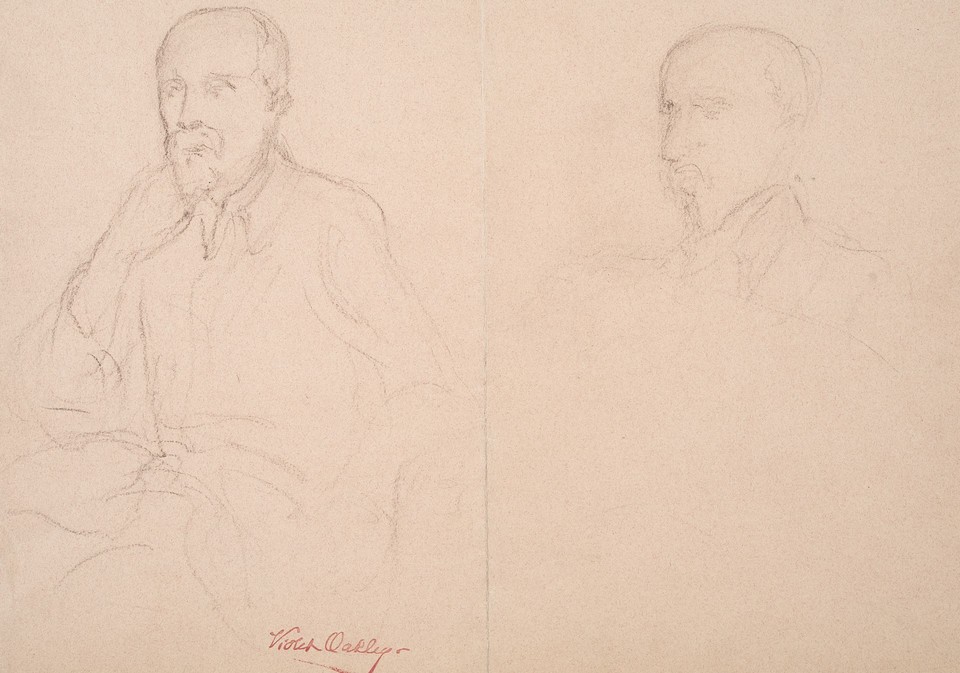
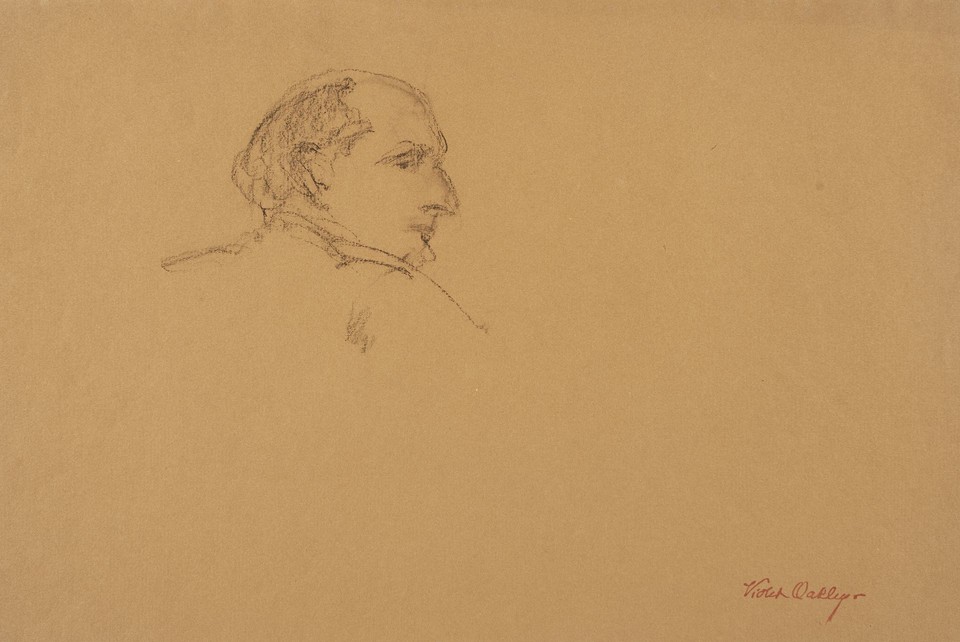
Portrait study of Robert Cecil, 1st Viscount Cecil of Chelwood, delegate from Great Britain to the League of Nations
Drawings and Watercolors
View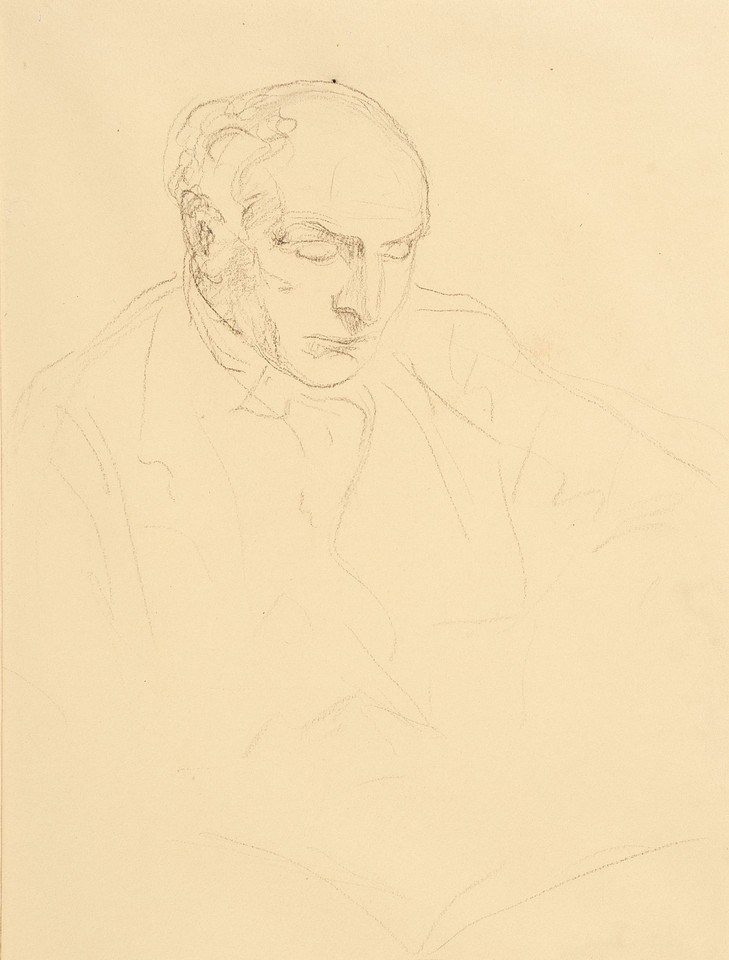
Portrait study of Robert Cecil, 1st Viscount Cecil of Chelwood, delegate from Great Britain to the League of Nations
Drawings and Watercolors
View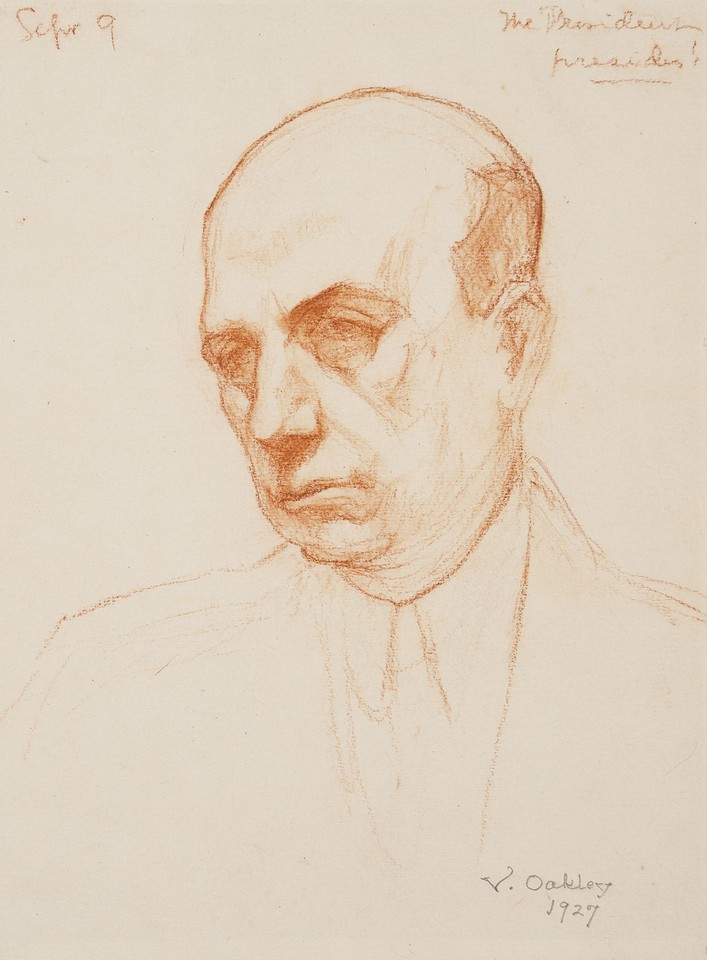
"The President presides!" (possibly portrait study of Alberto Guani, delegate from Uruguay and President of the 1927-1928 Assembly, League of Nations)
Drawings and Watercolors
View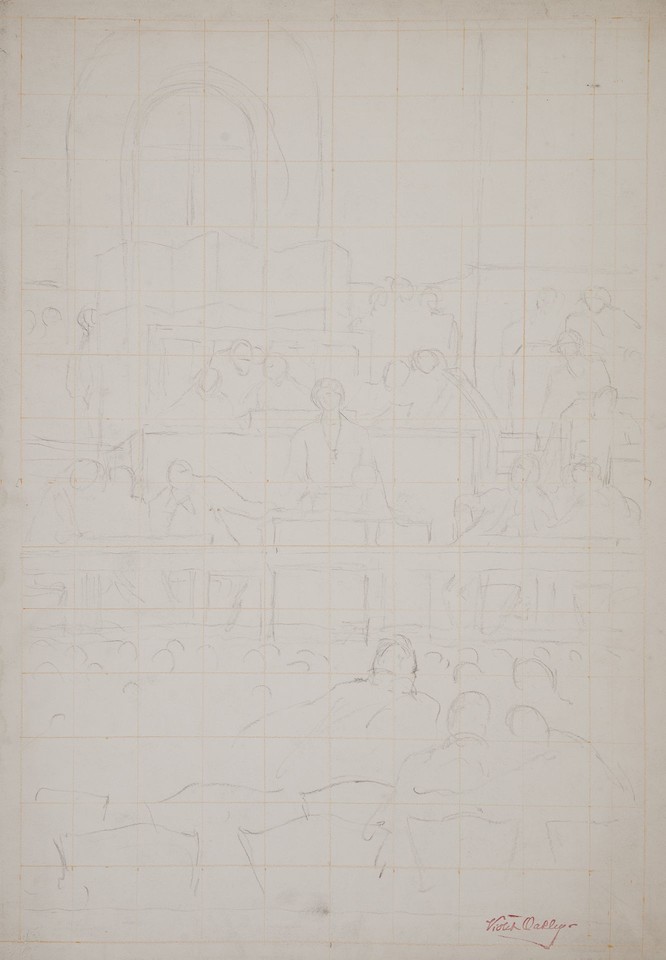
Study of unidentified woman addressing an Assembly of the League of Nations
Drawings and Watercolors
View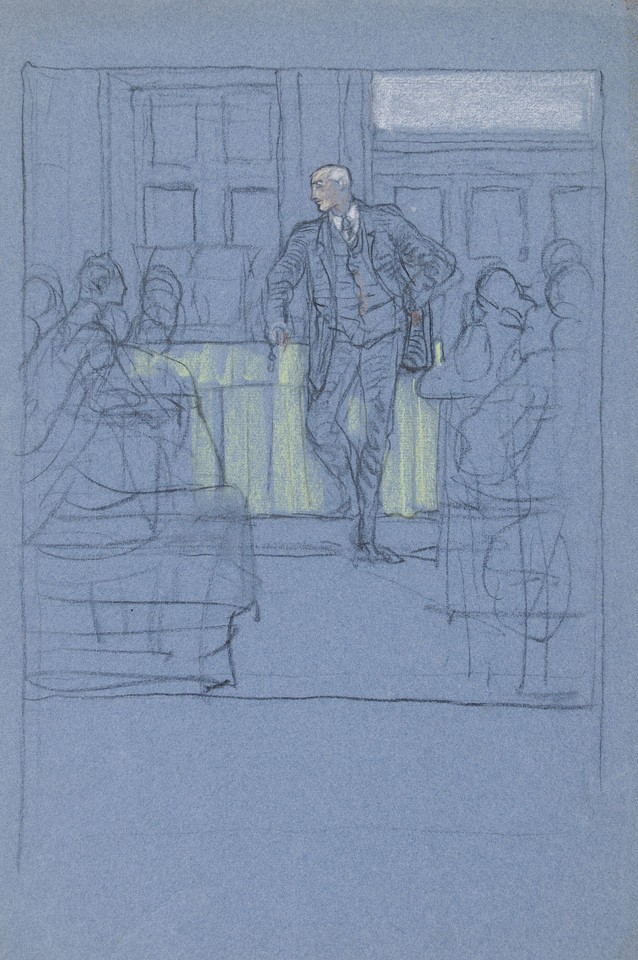
Unidentified study of man standing in front of seated crowd (possibly League of Nations or Moral Re-Armament)
Drawings and Watercolors
View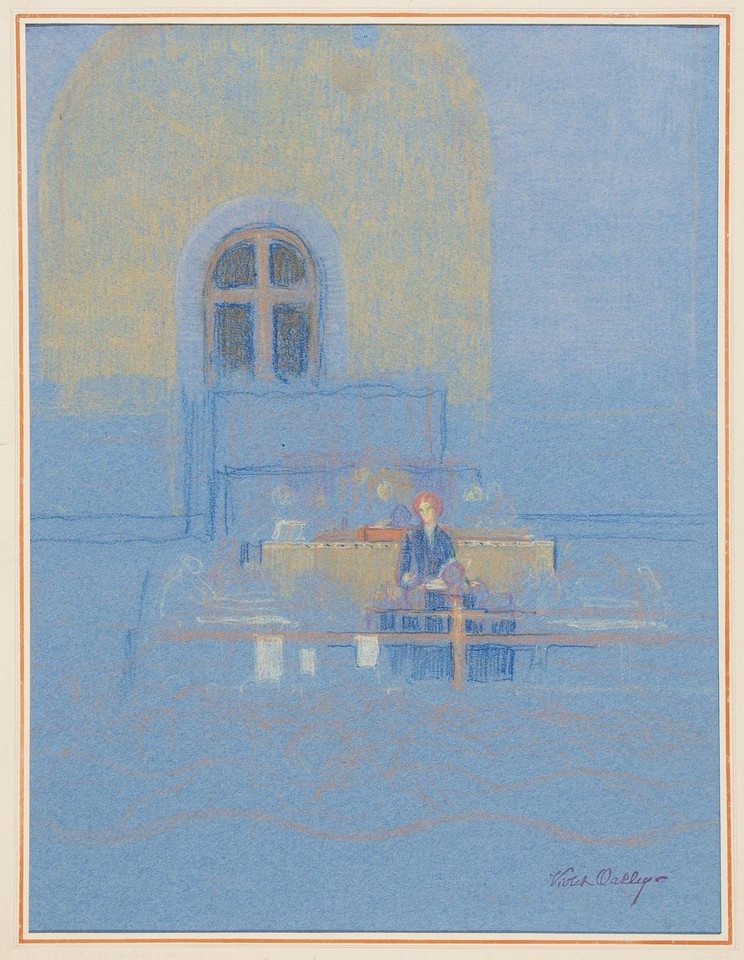
Study of unidentified woman addressing an Assembly of the League of Nations
Drawings and Watercolors
View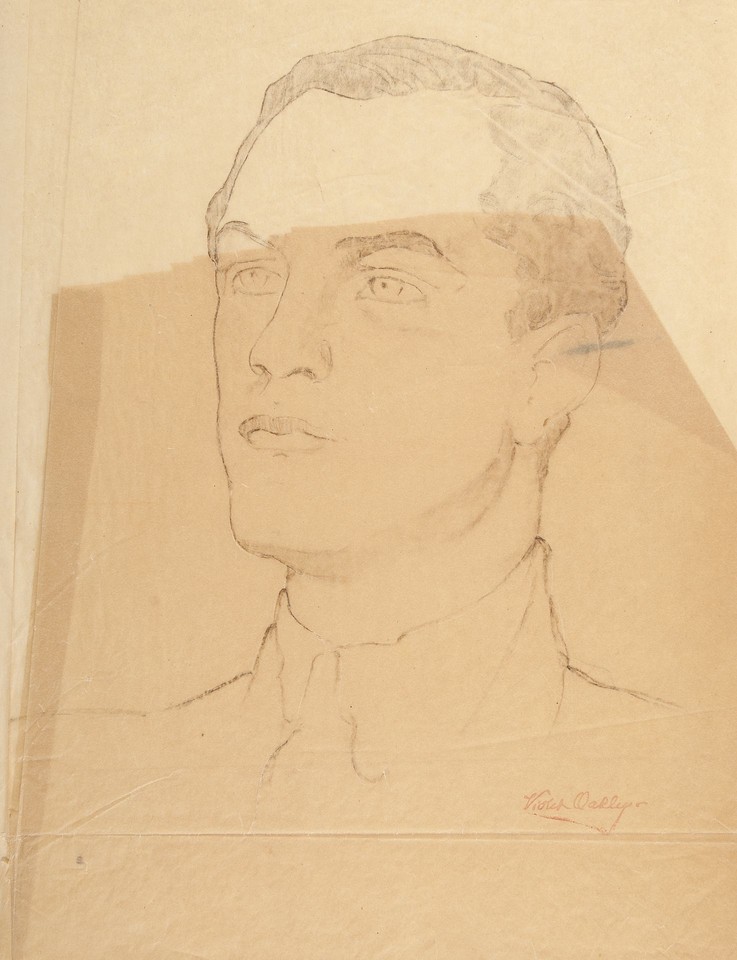
Portrait study of Hjalmar J. Procope, delegate from Findland to the League of Nations, Minister for Foreign Affairs, and President of the Council of the League of Nations
Drawings and Watercolors
View
Portrait studies of Joseph Paul-Boncour, delegate from France, Lord Robert Cecil, delegate from Great Britain, and an unidentified man at the League of Nations
Drawings and Watercolors
View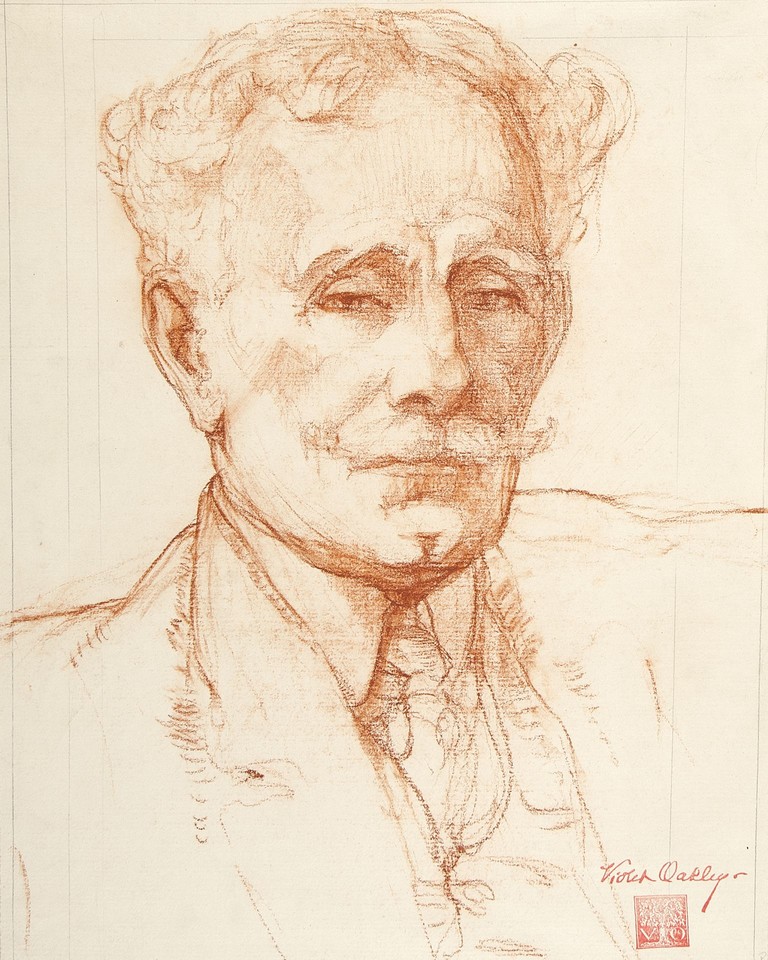
Portrait study of Aristide Briand, delegate from France to the League of Nations and Minister for Foreign Affairs
Drawings and Watercolors
View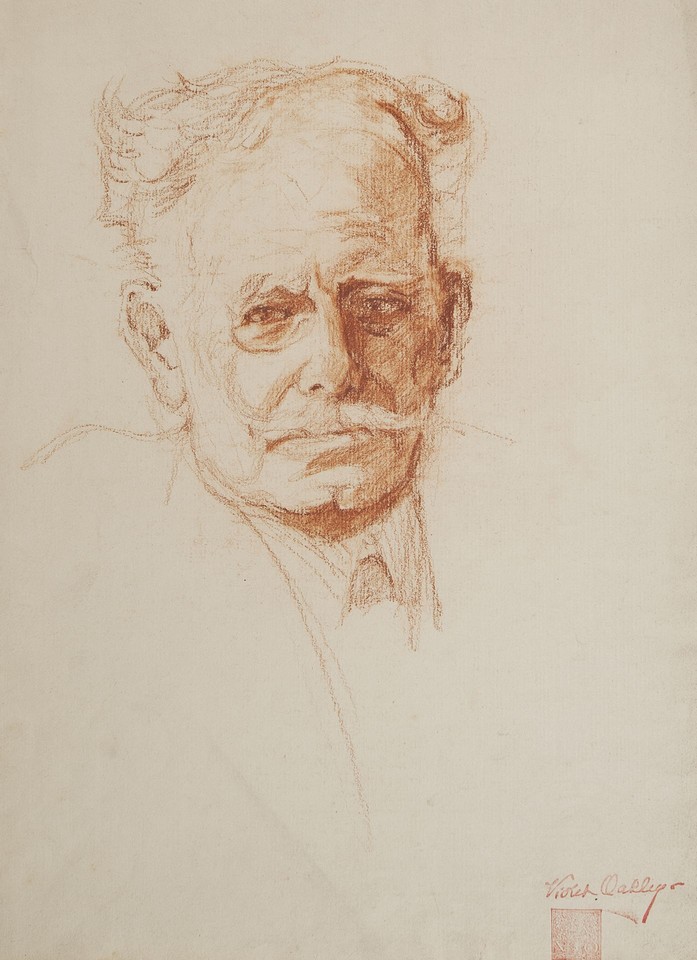
Portrait study of Aristide Briand, delegate from France to the League of Nations and Minister for Foreign Affairs
Drawings and Watercolors
View
Portrait study of Albert Thomas, Director of the International Labor Office, League of Nations
Drawings and Watercolors
View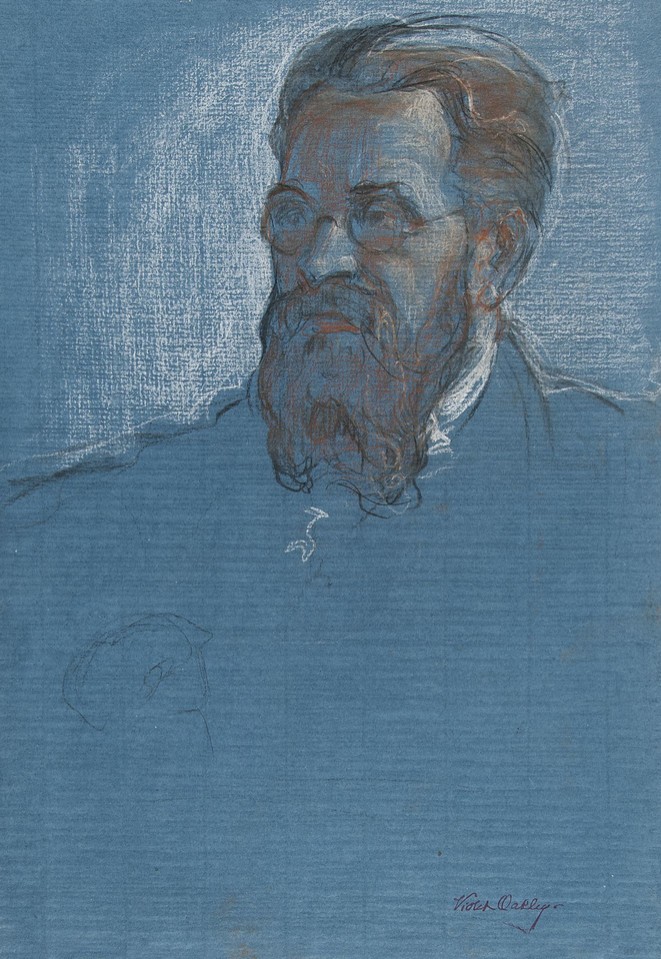
Portrait study of Albert Thomas, Director of the International Labor Office, League of Nations
Drawings and Watercolors
View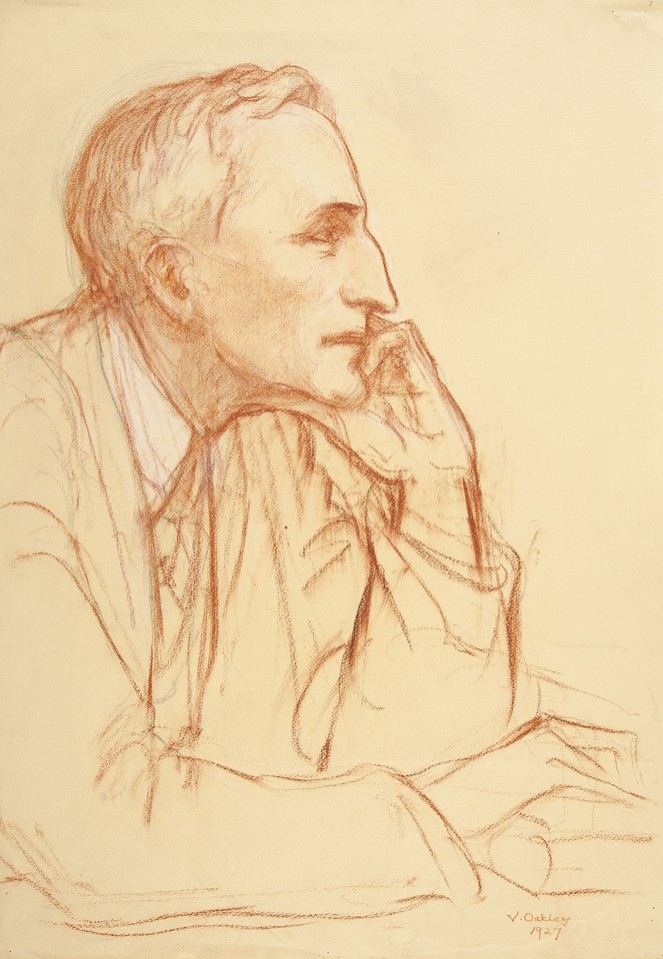
Portrait study of Sir Cecil James Barrington Hurst, delegate from Great Britian to the League of Nations and Elected Judge of the International Court of Justice
Drawings and Watercolors
View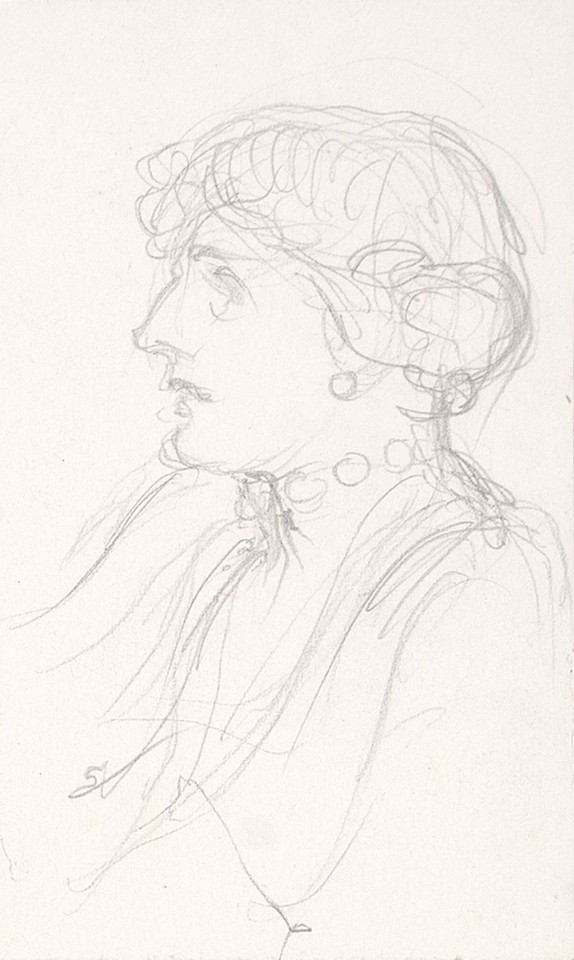
Portrait study of Alice Church Bartlett, Assistant Librarian, League of Nations
Drawings and Watercolors
View






